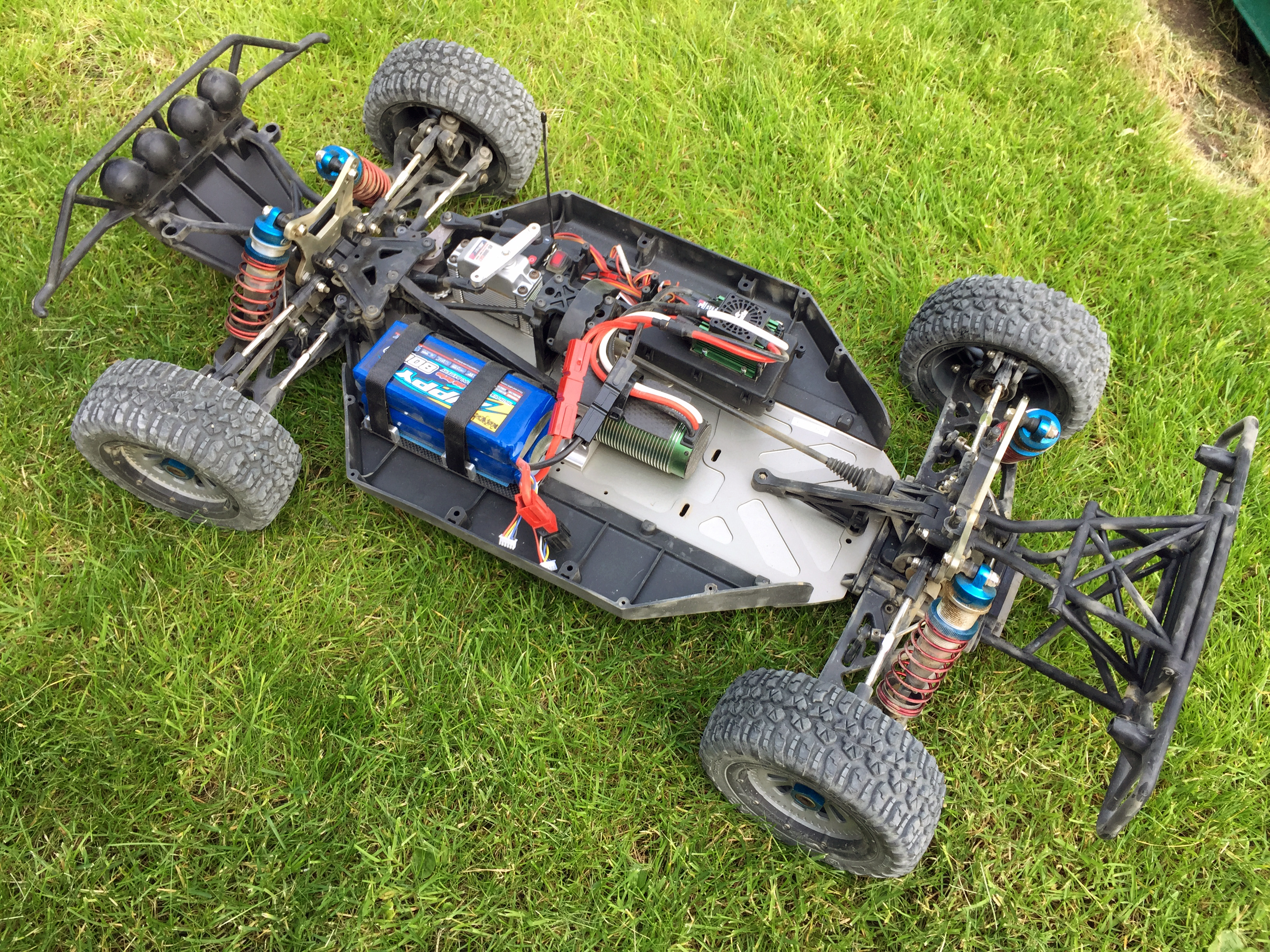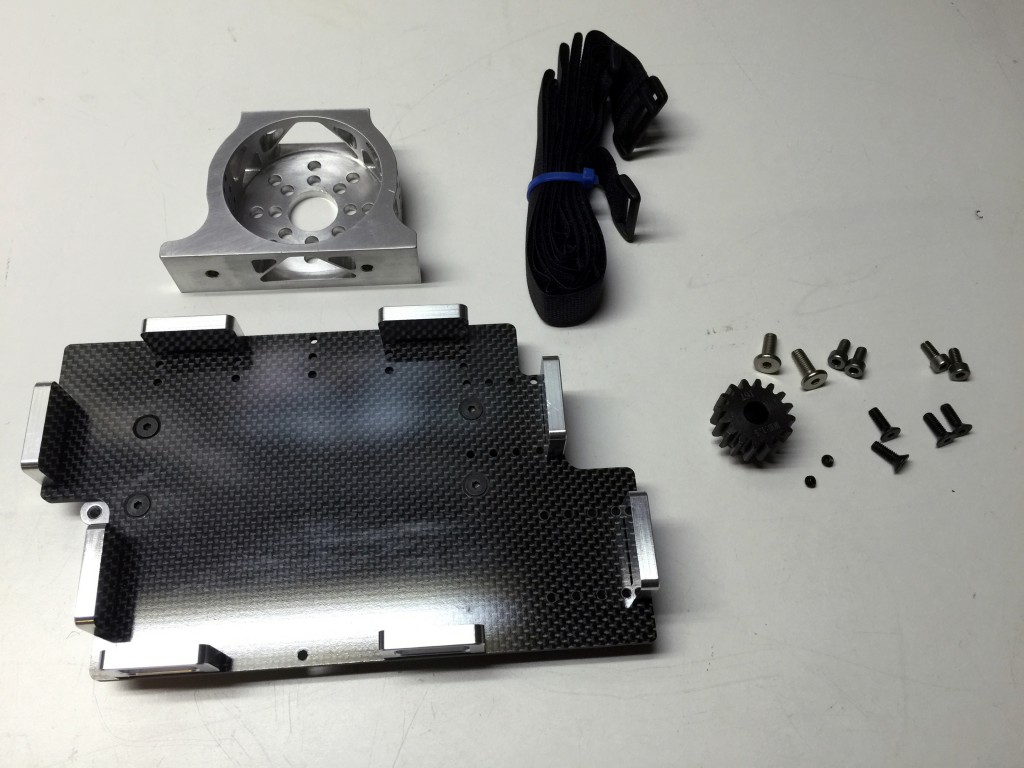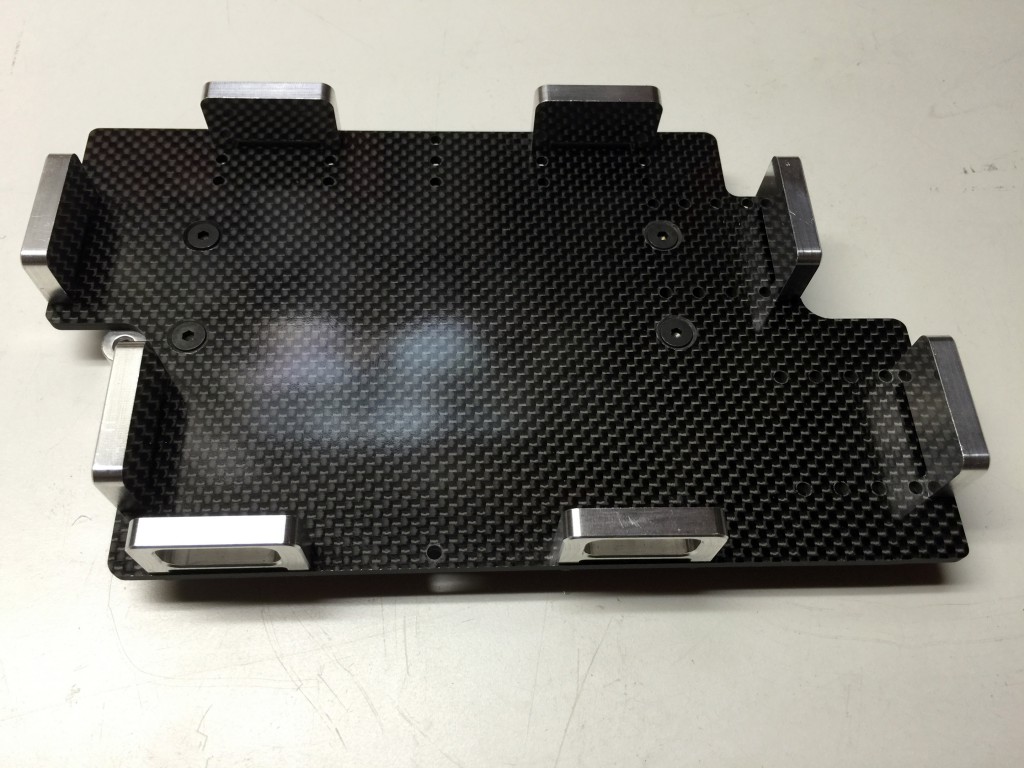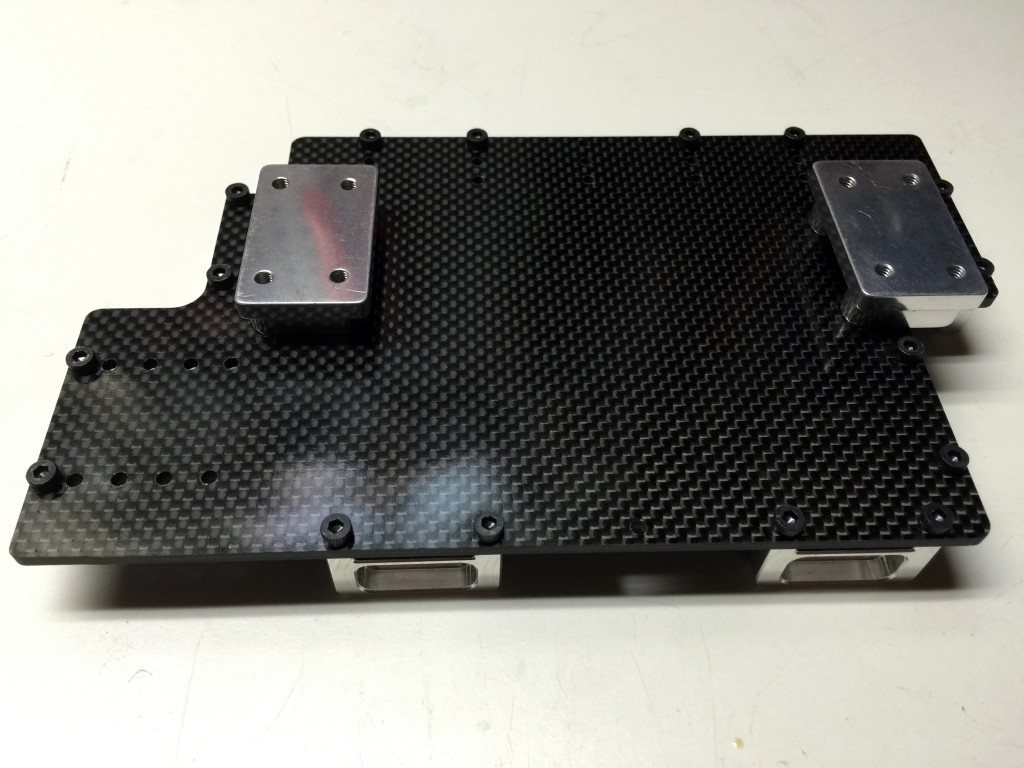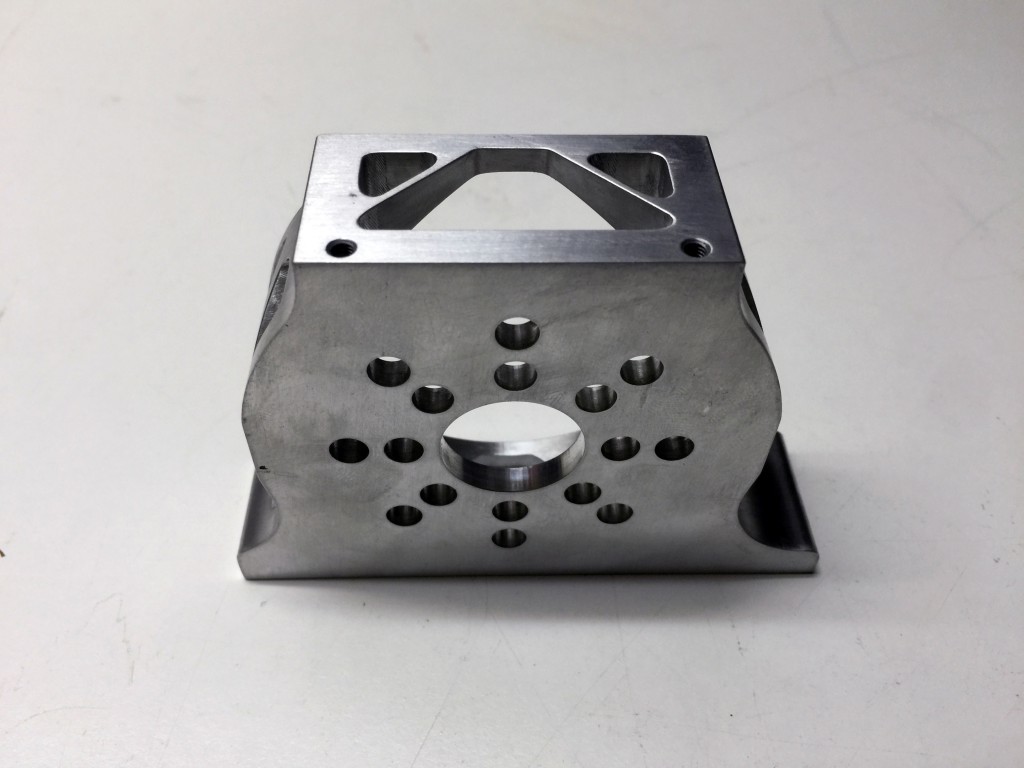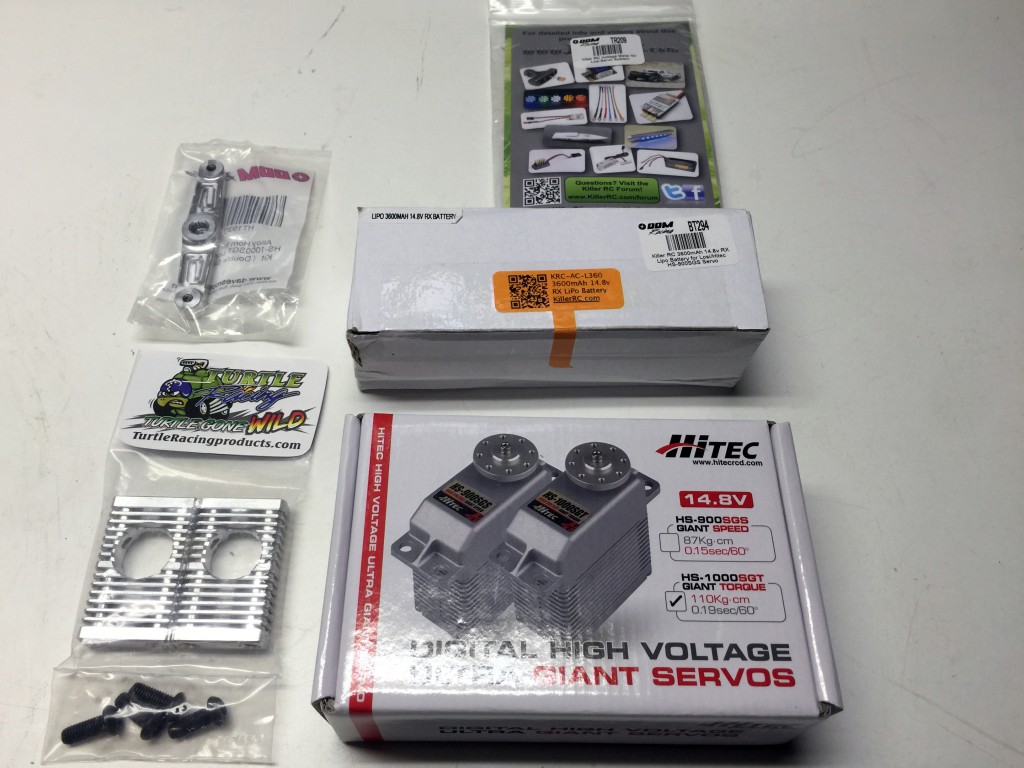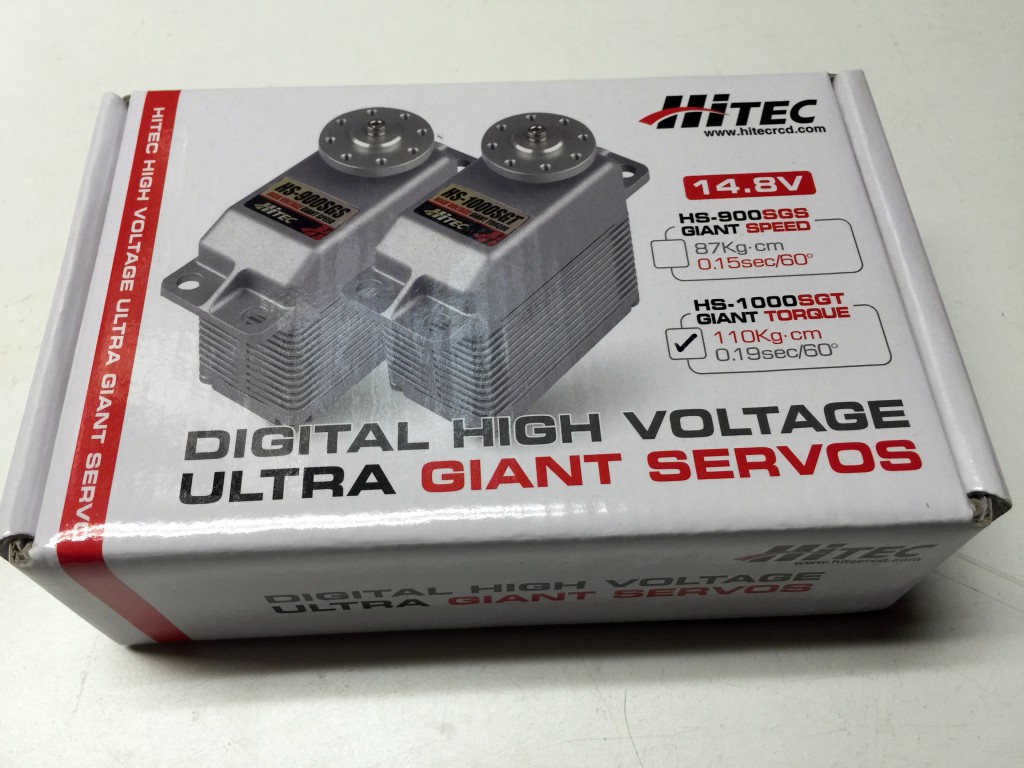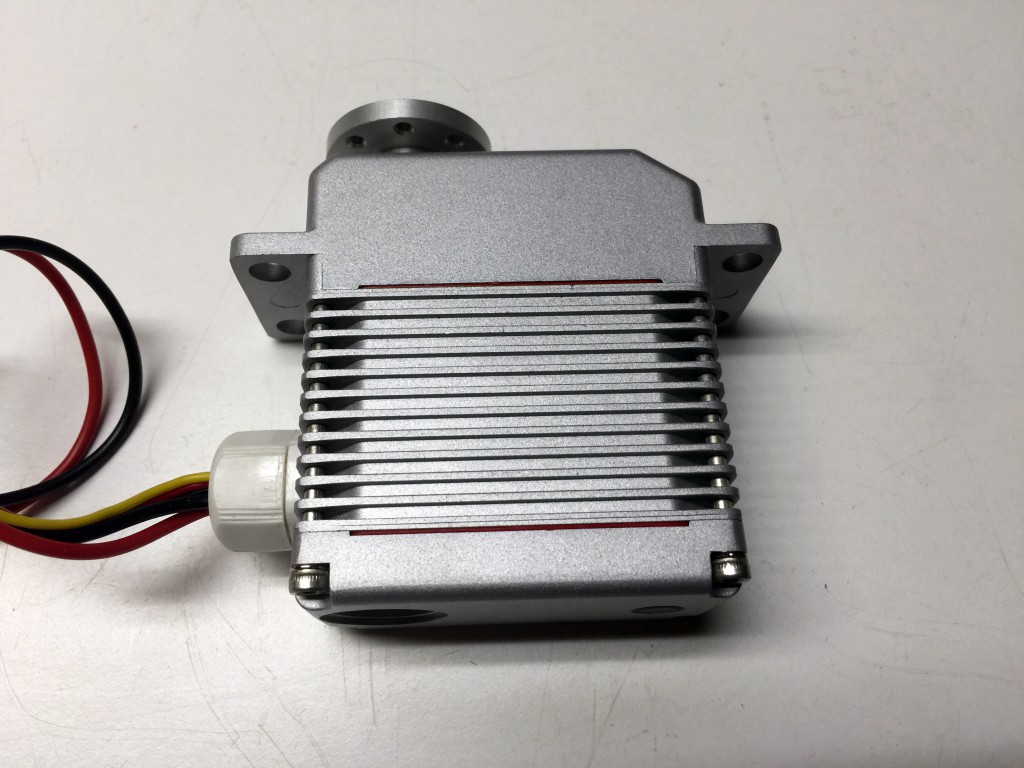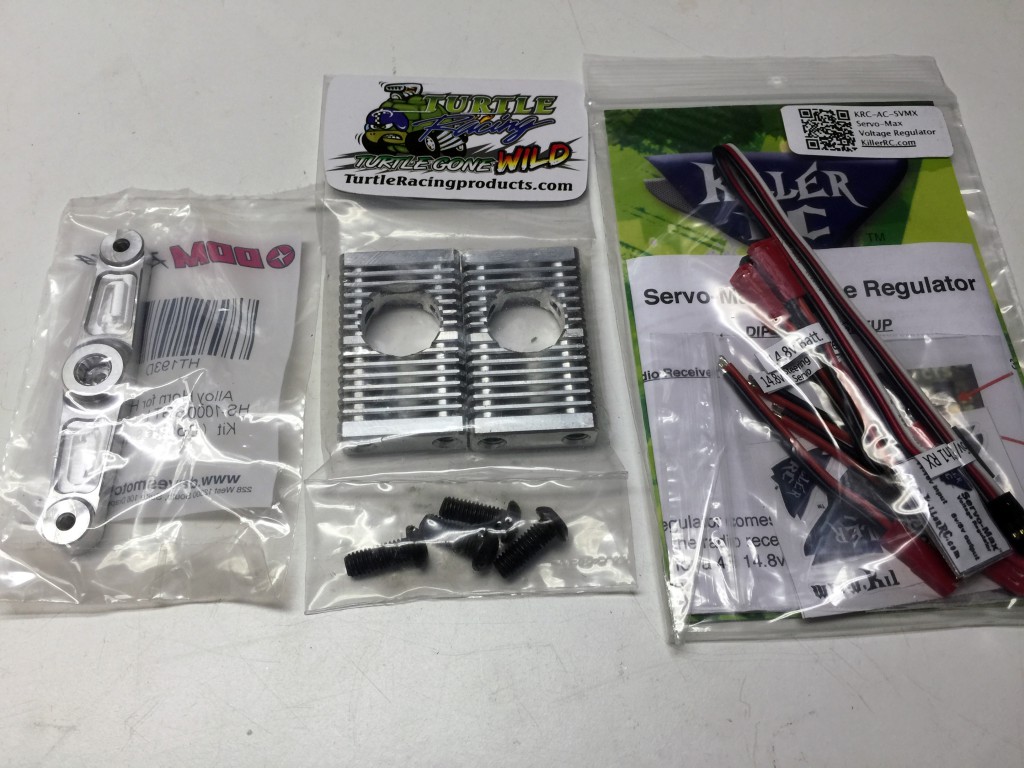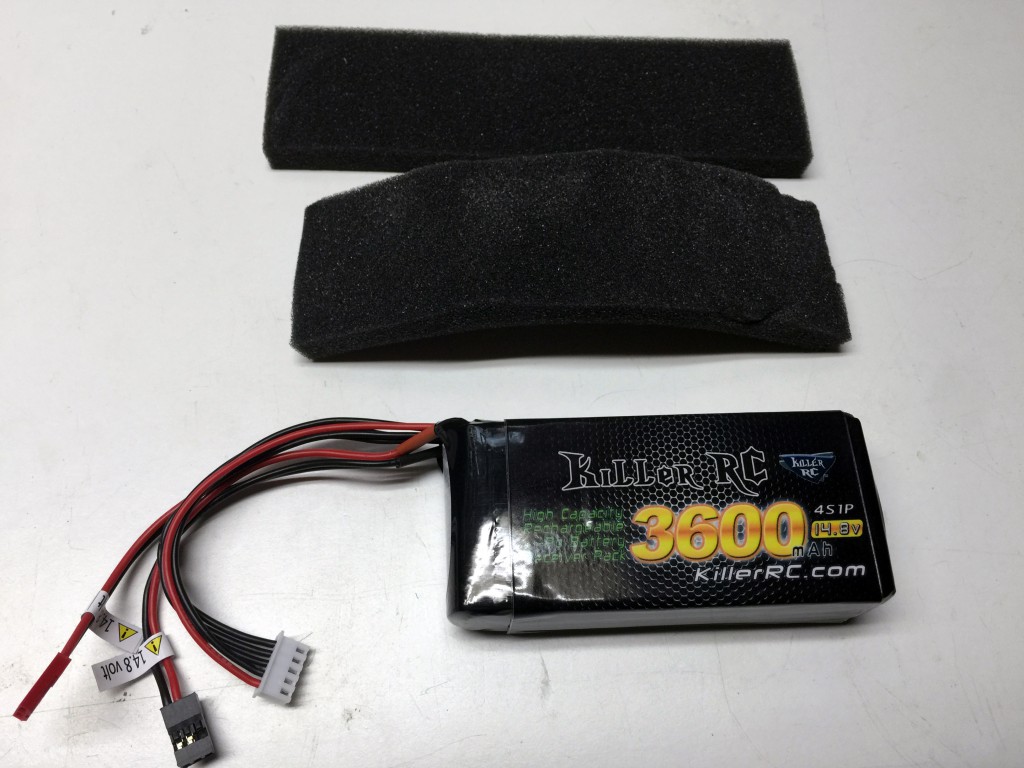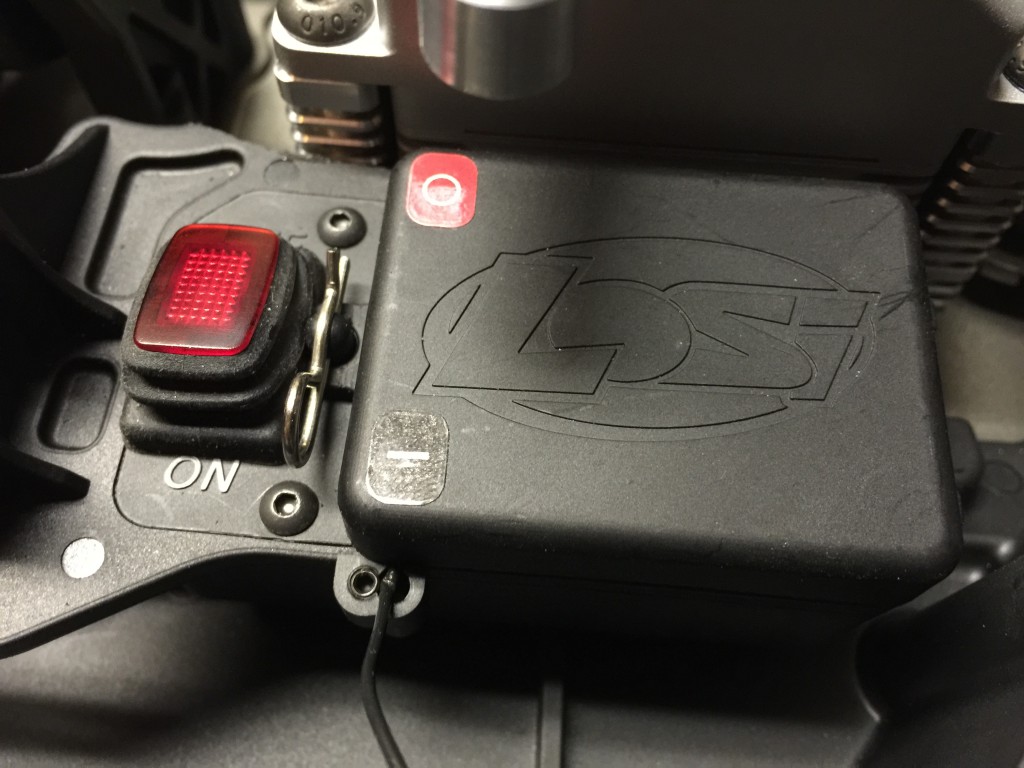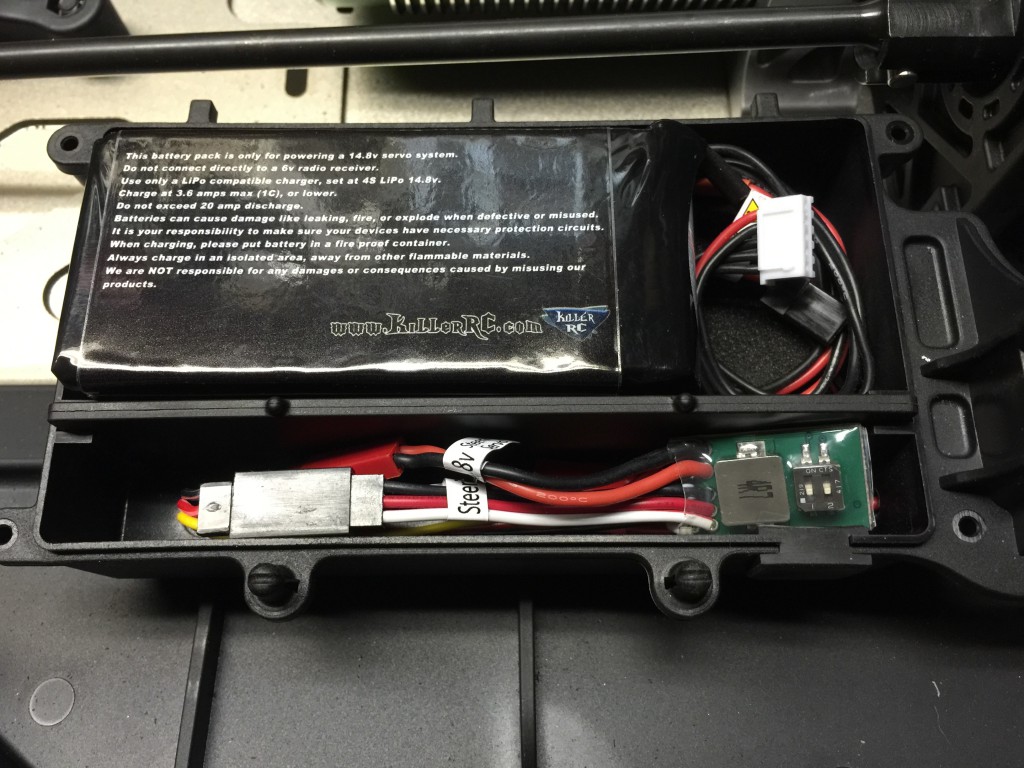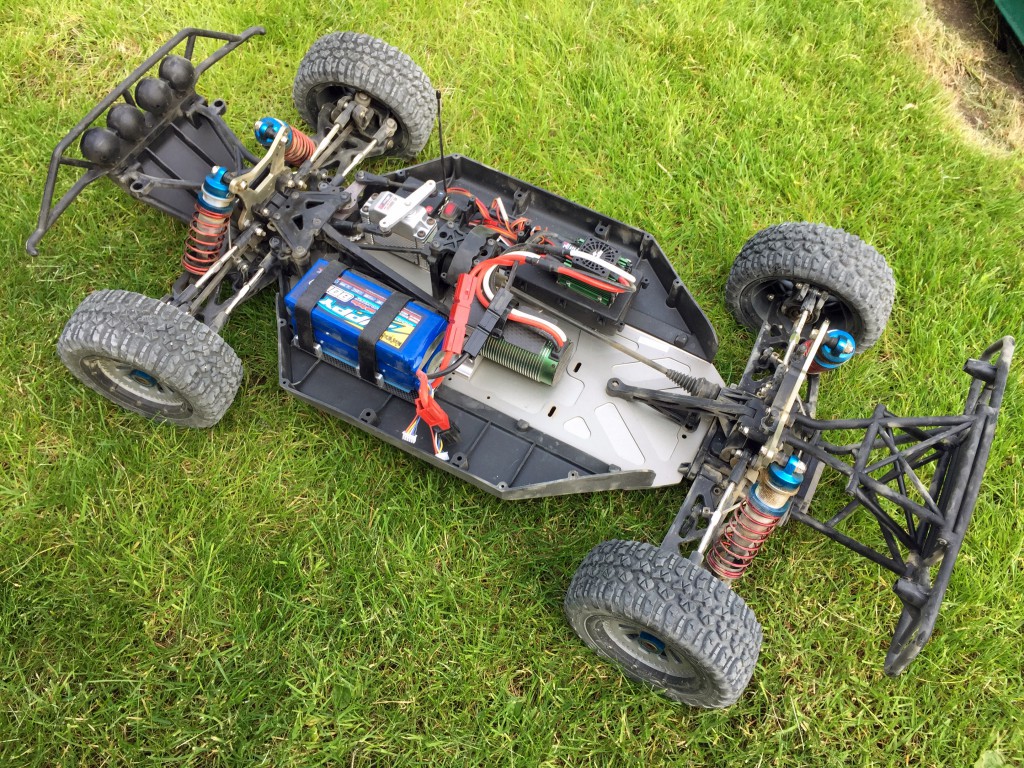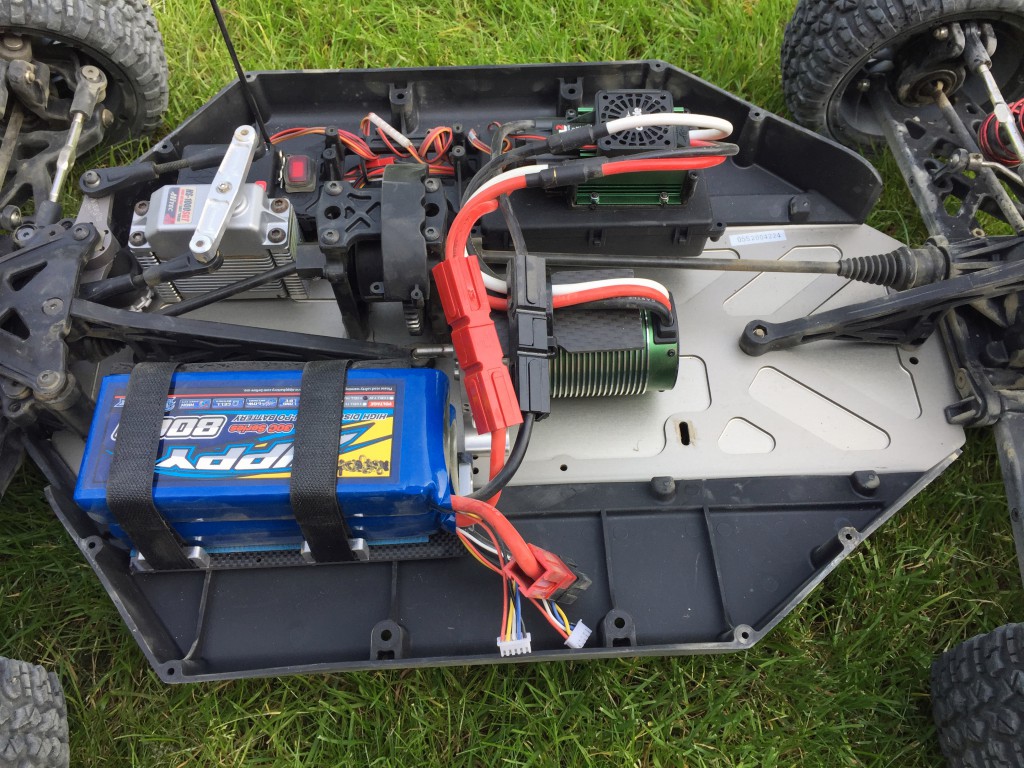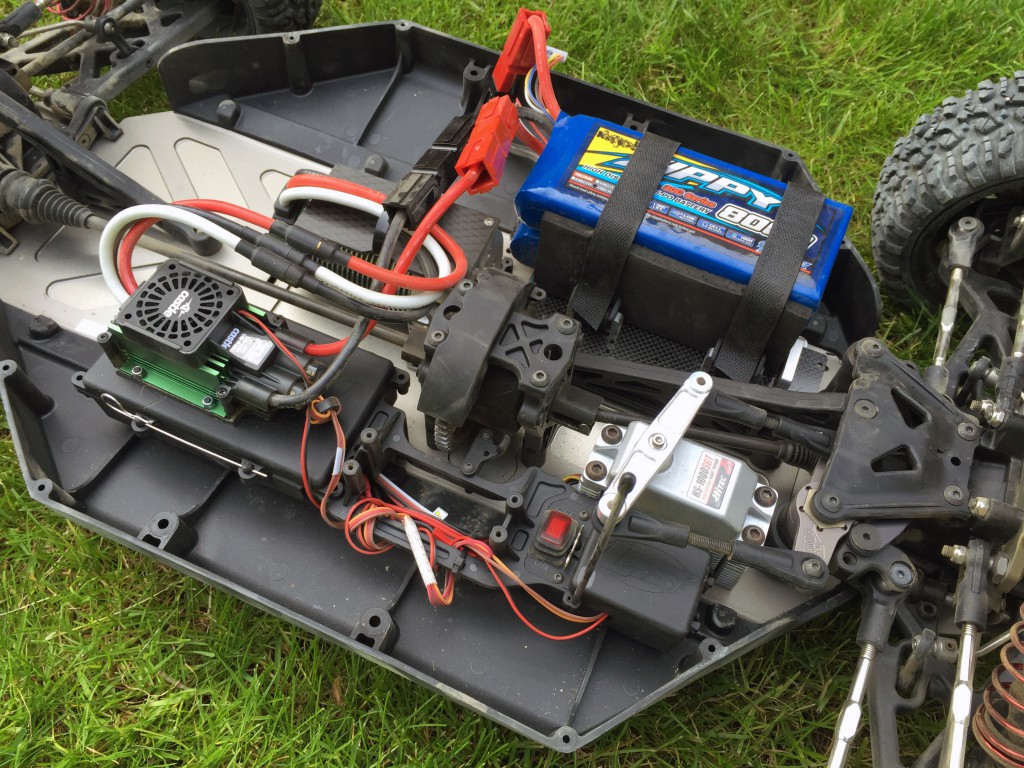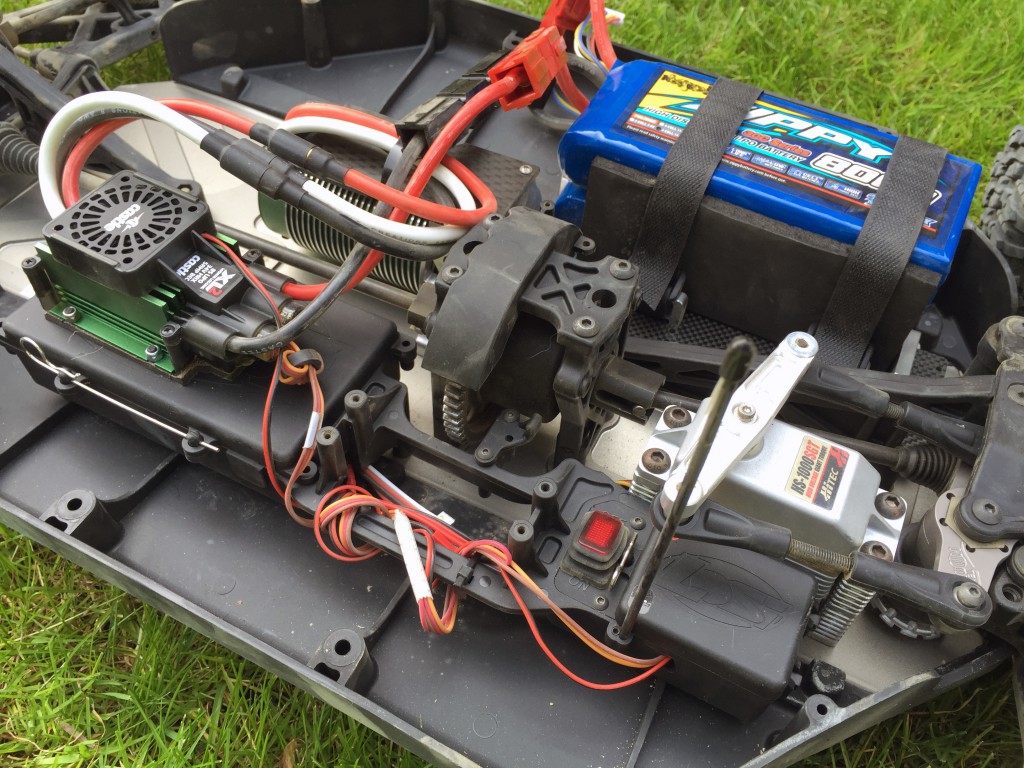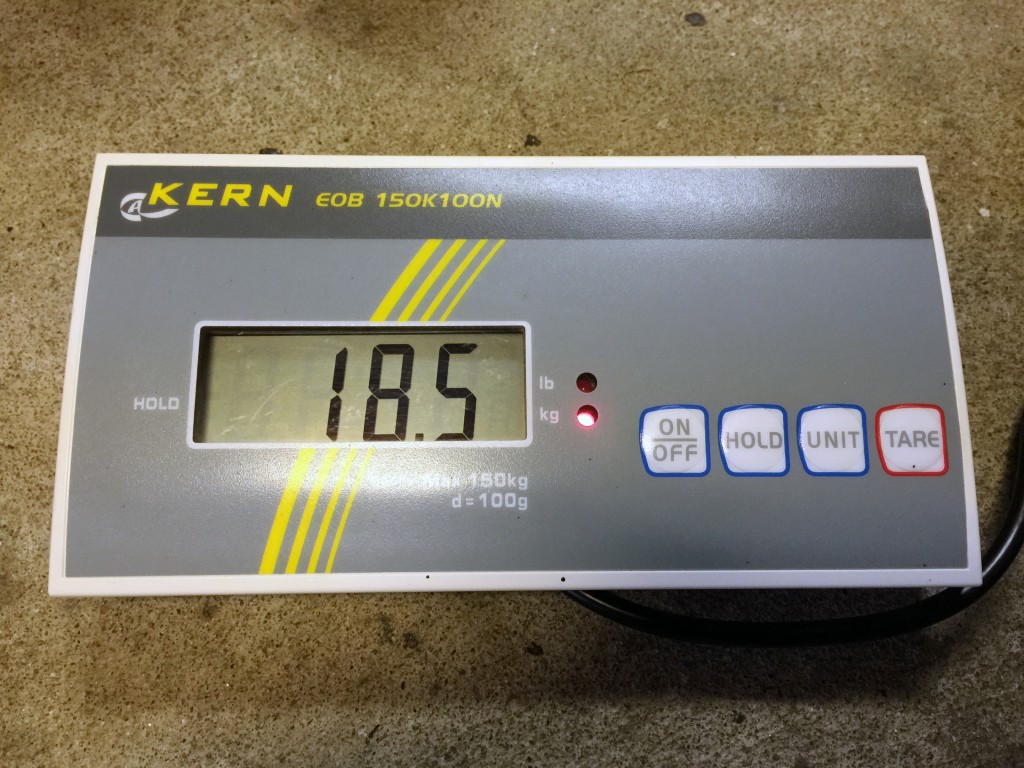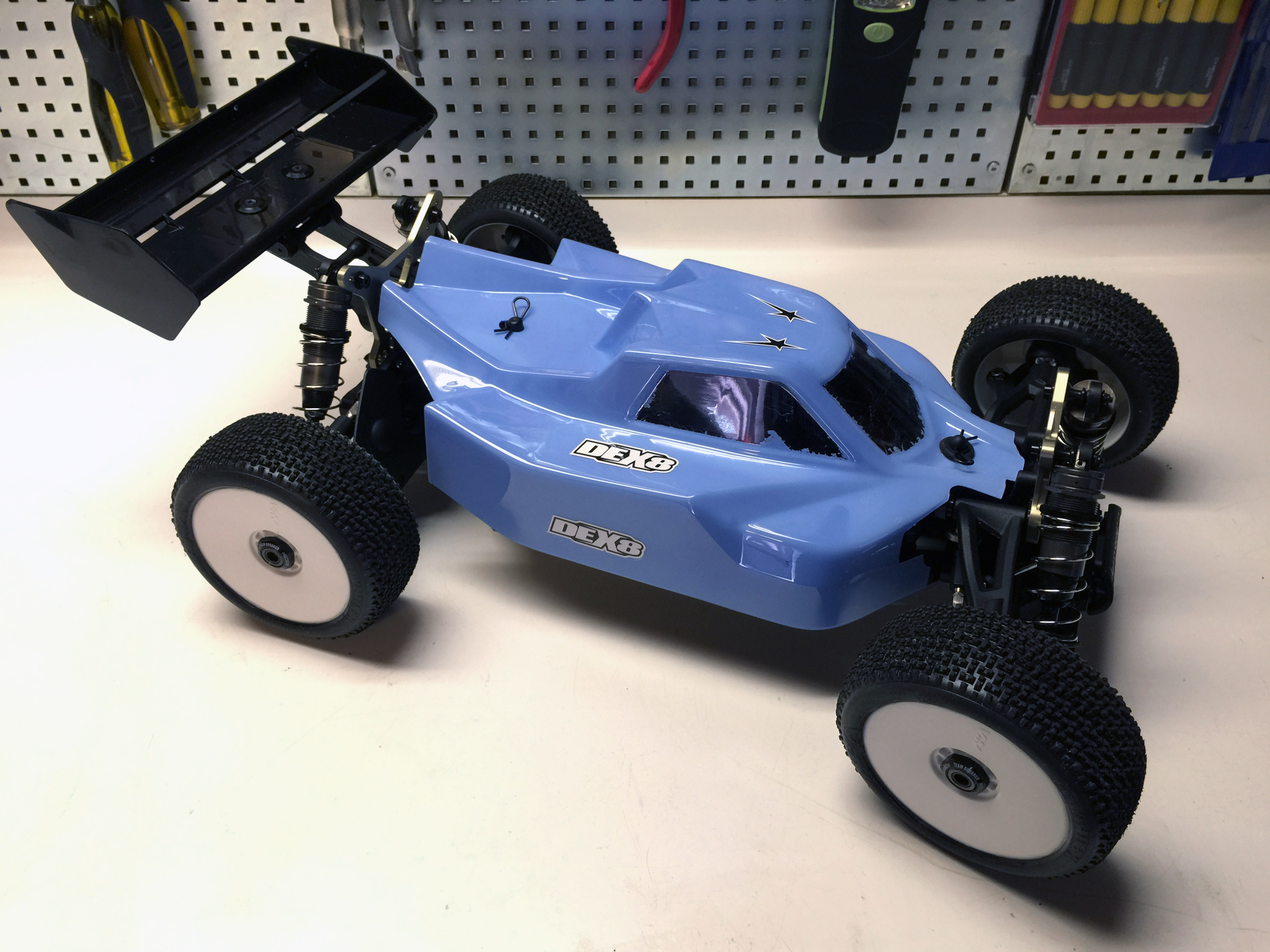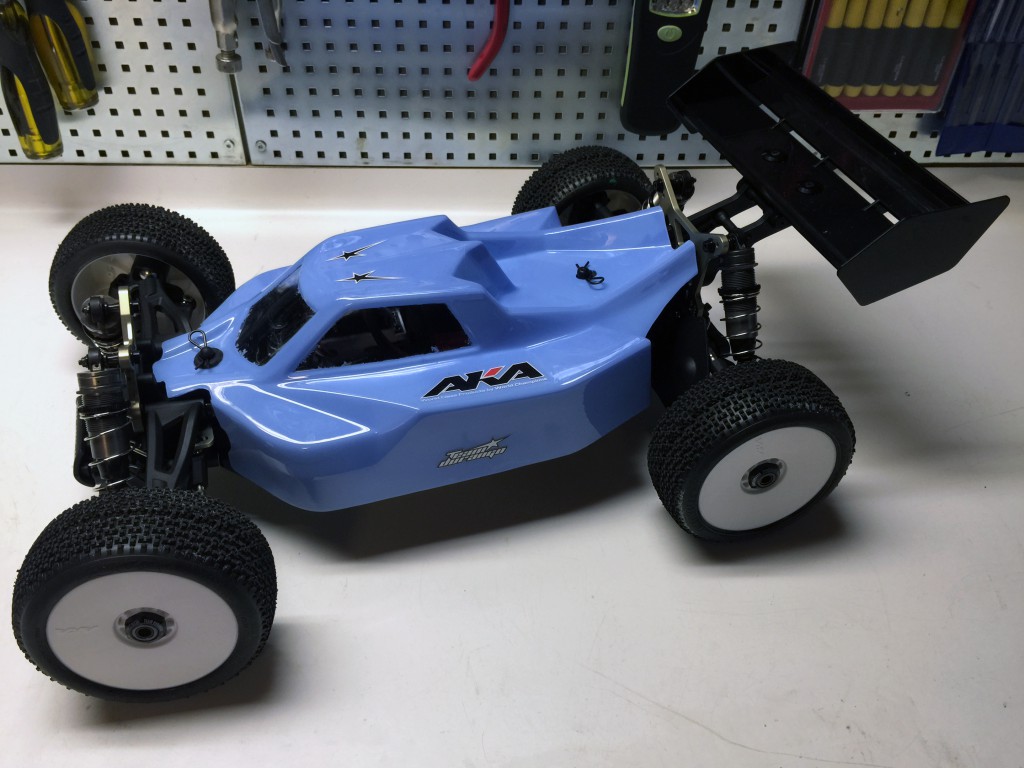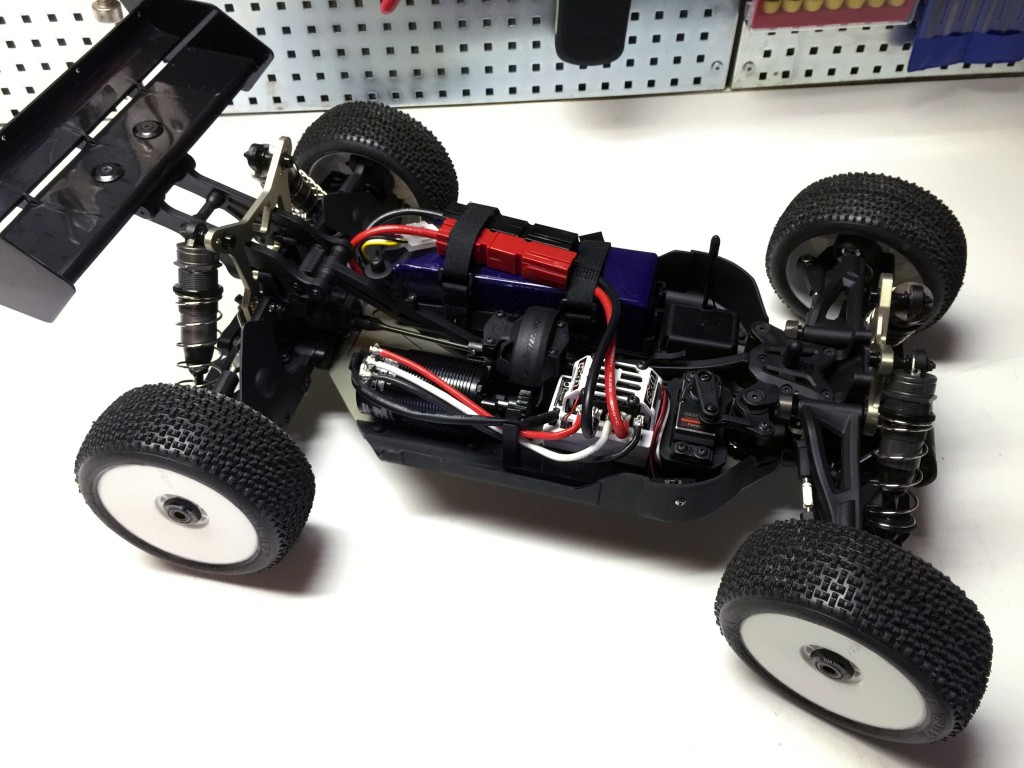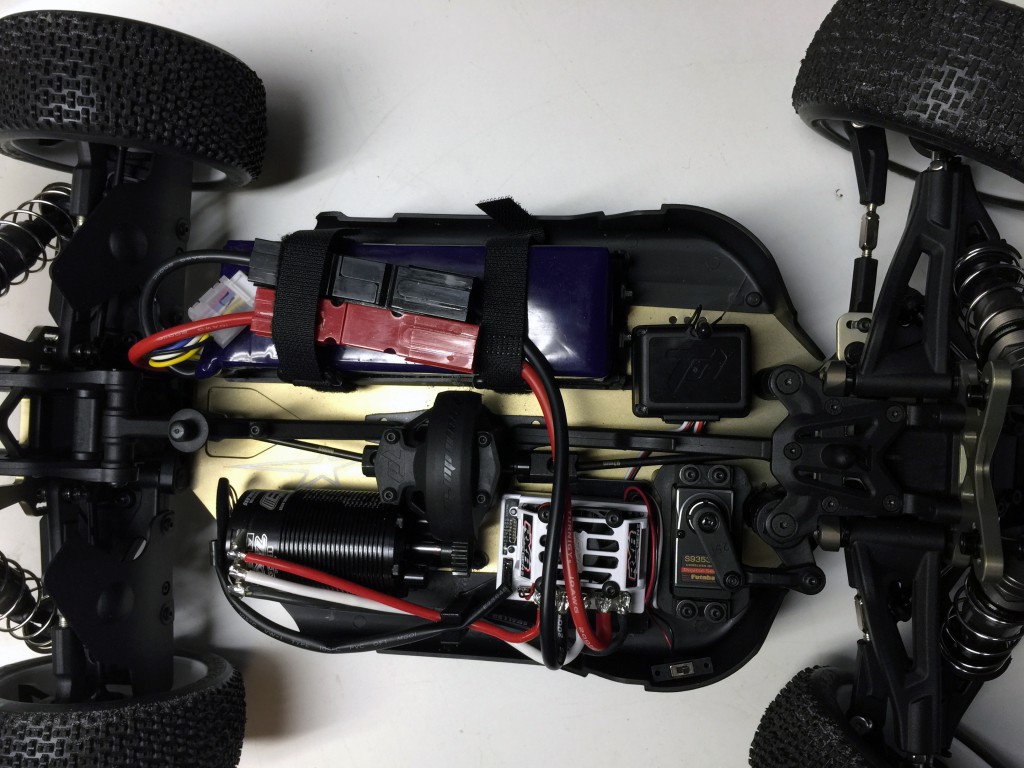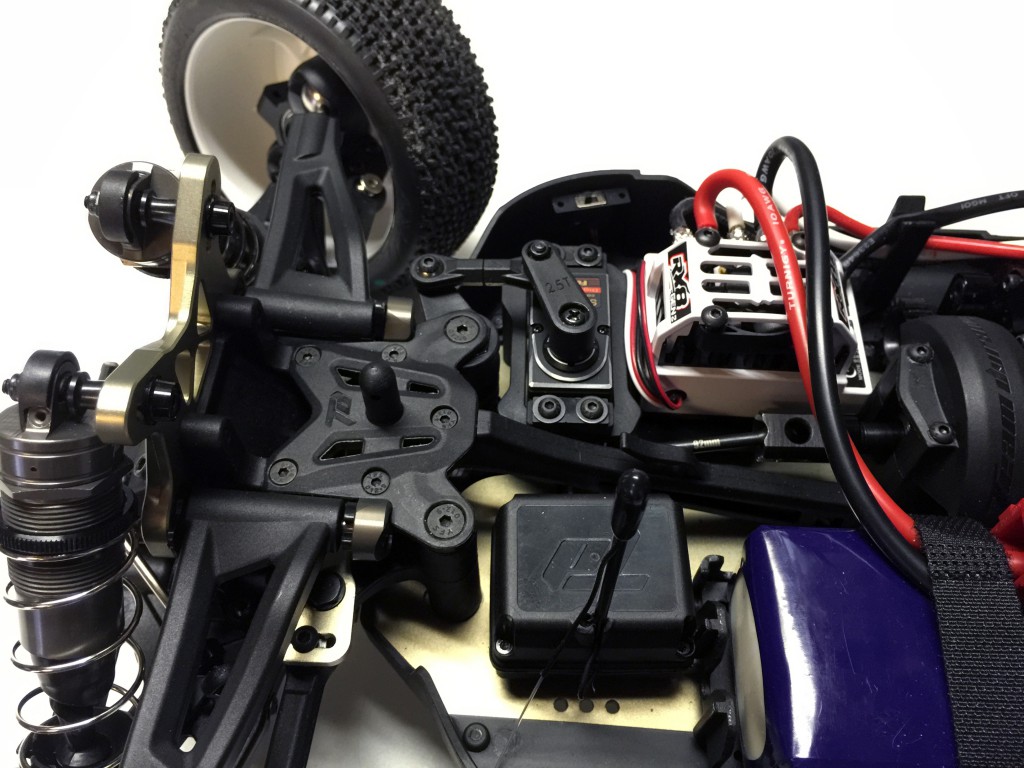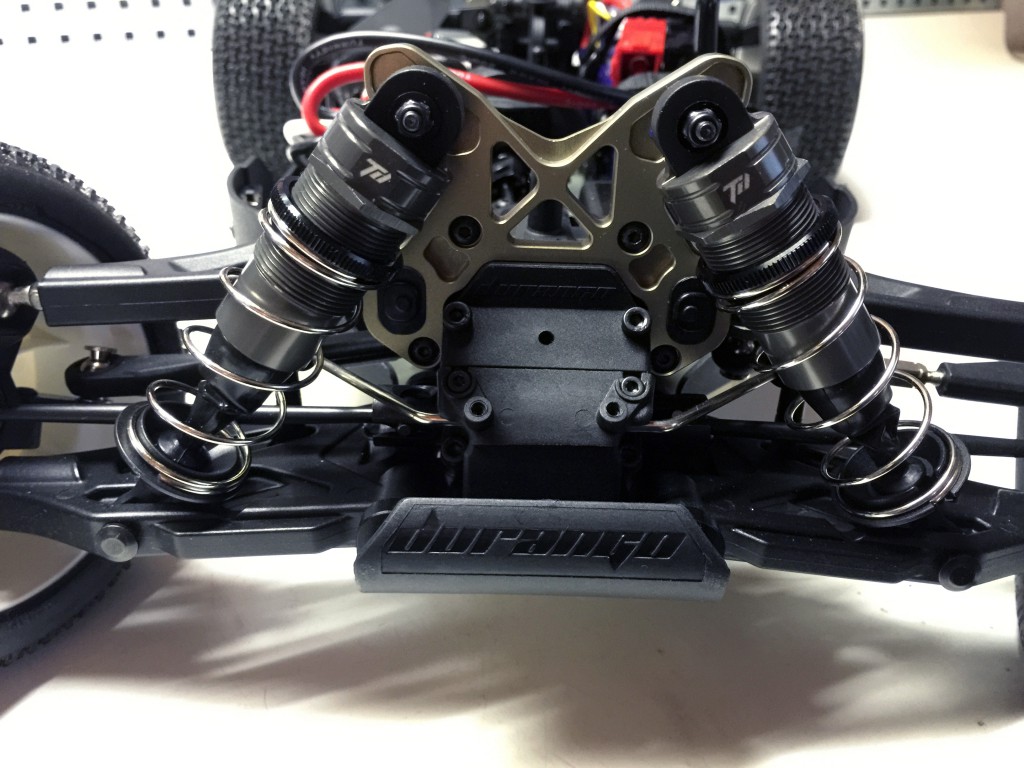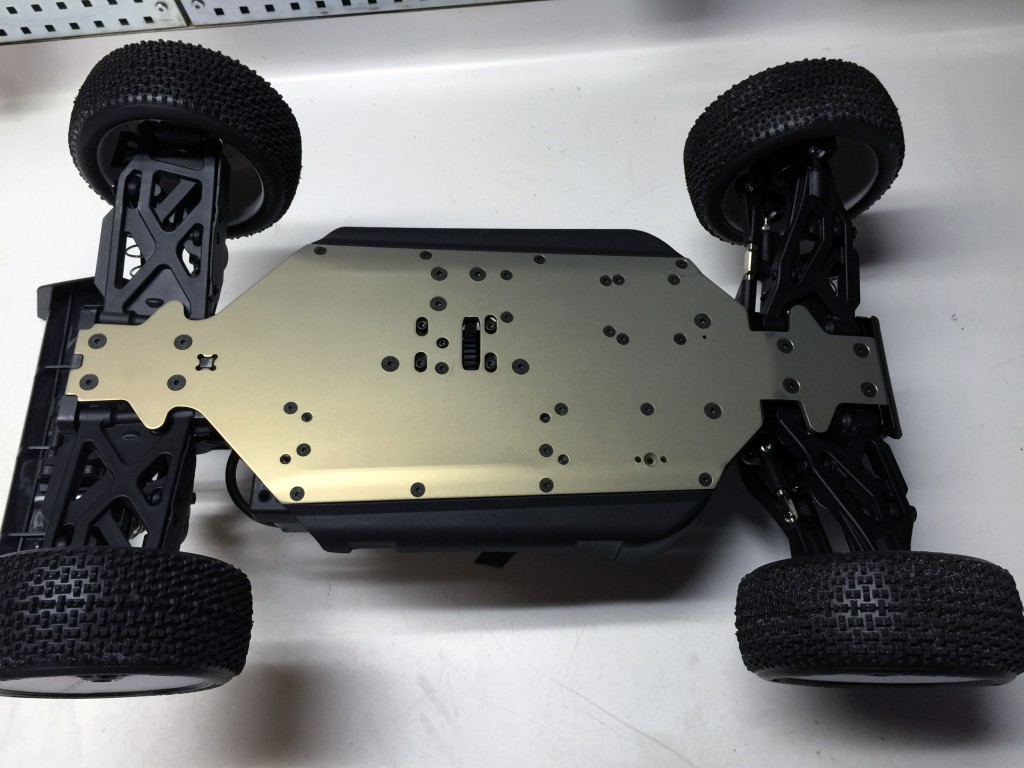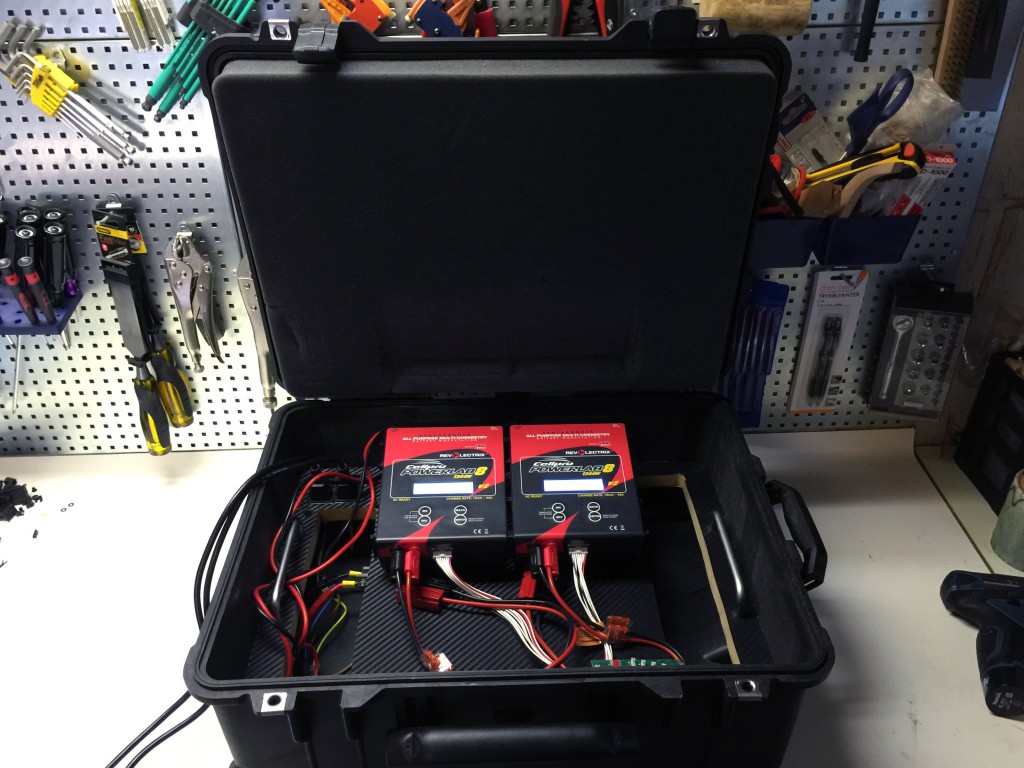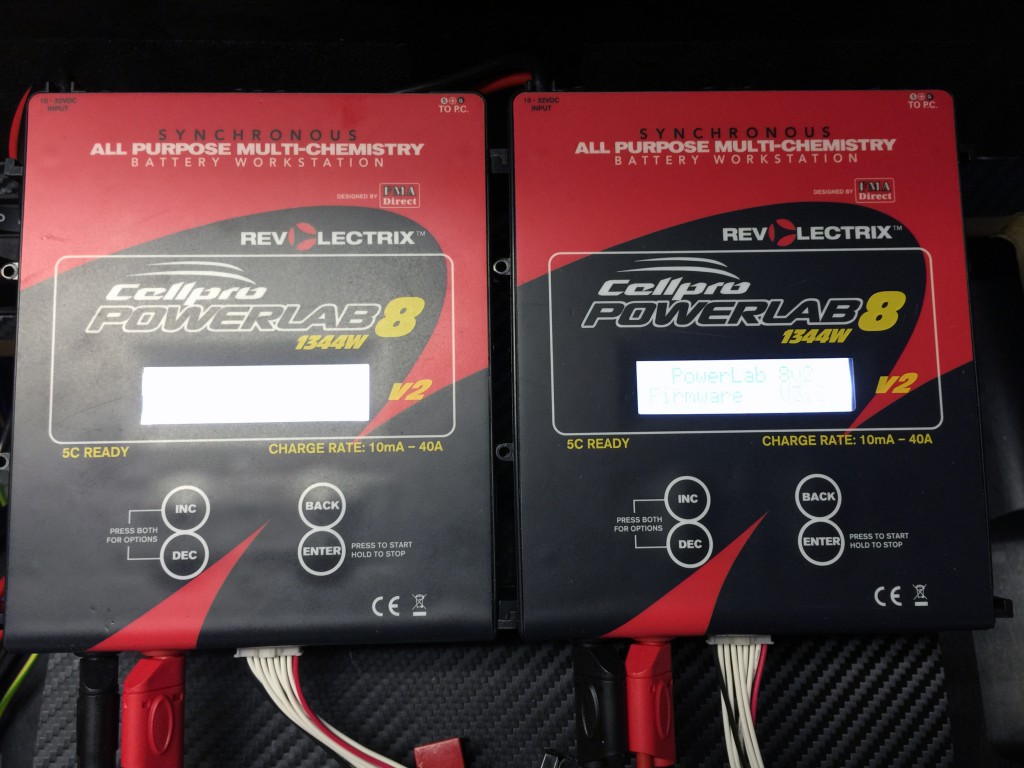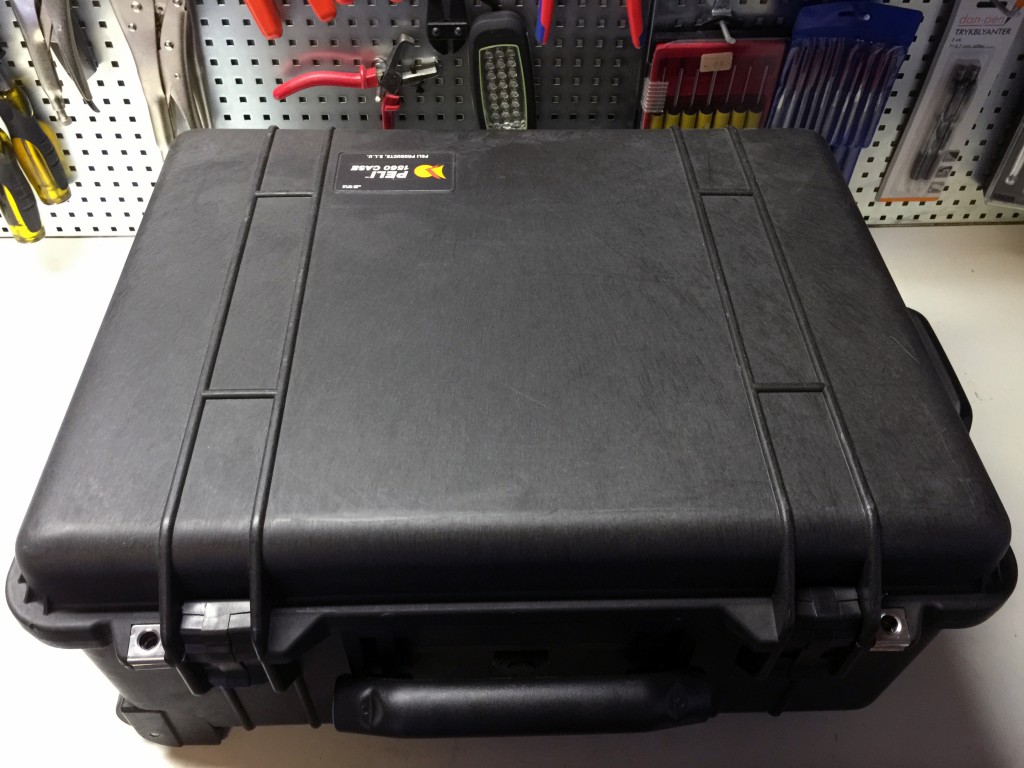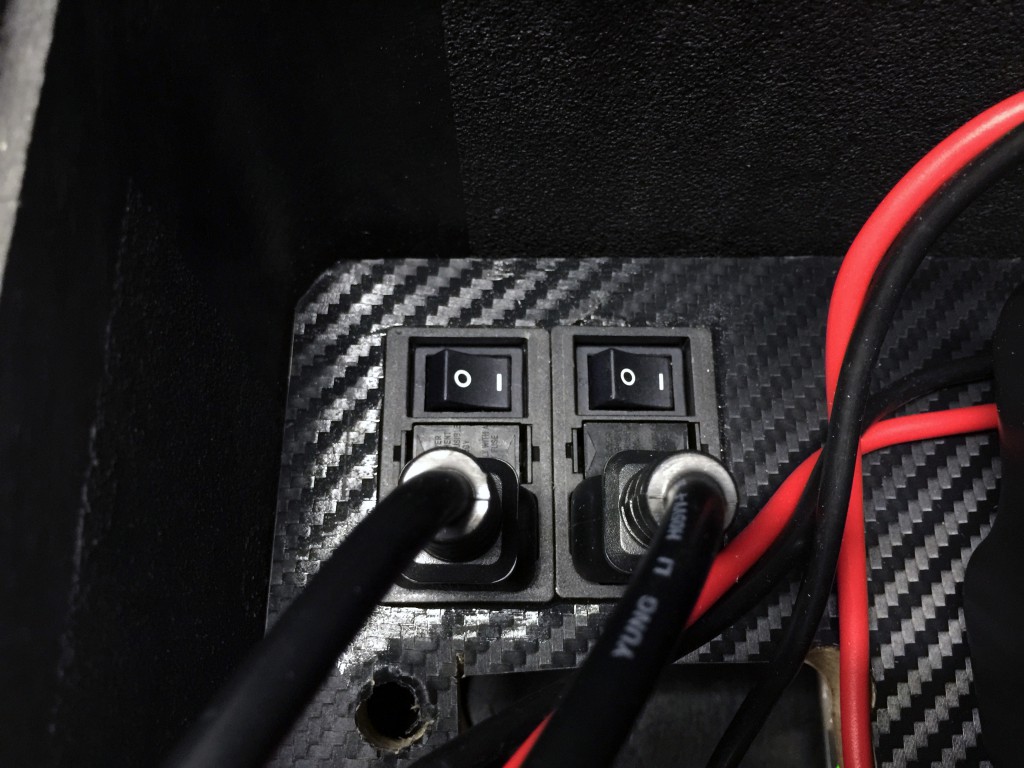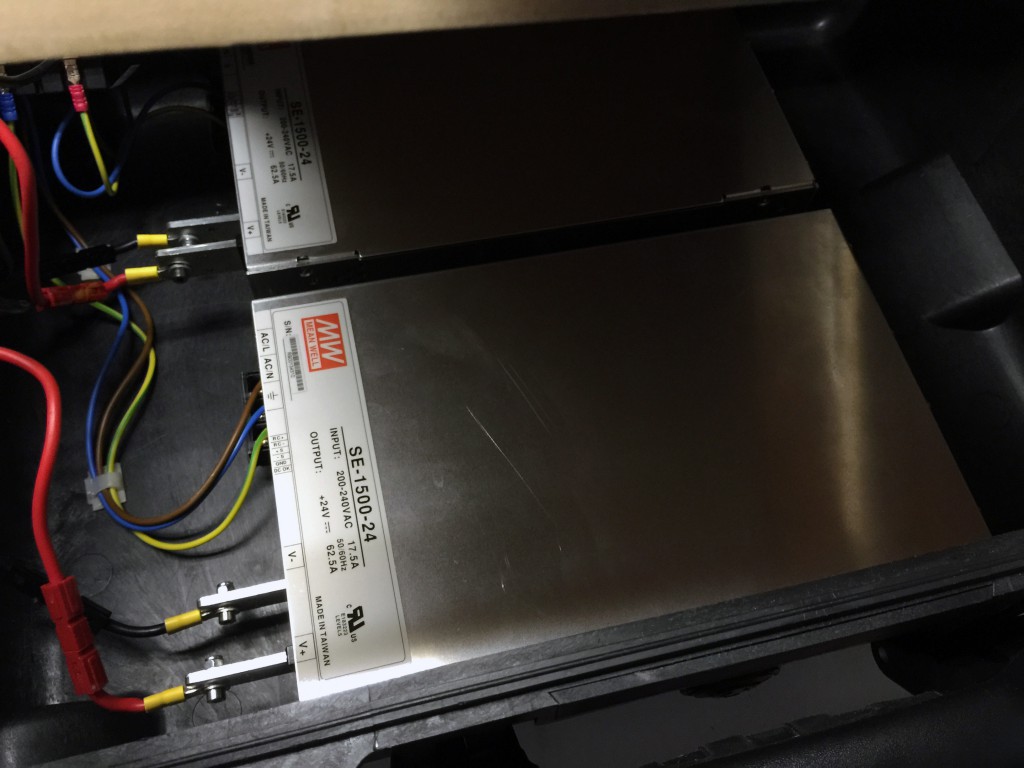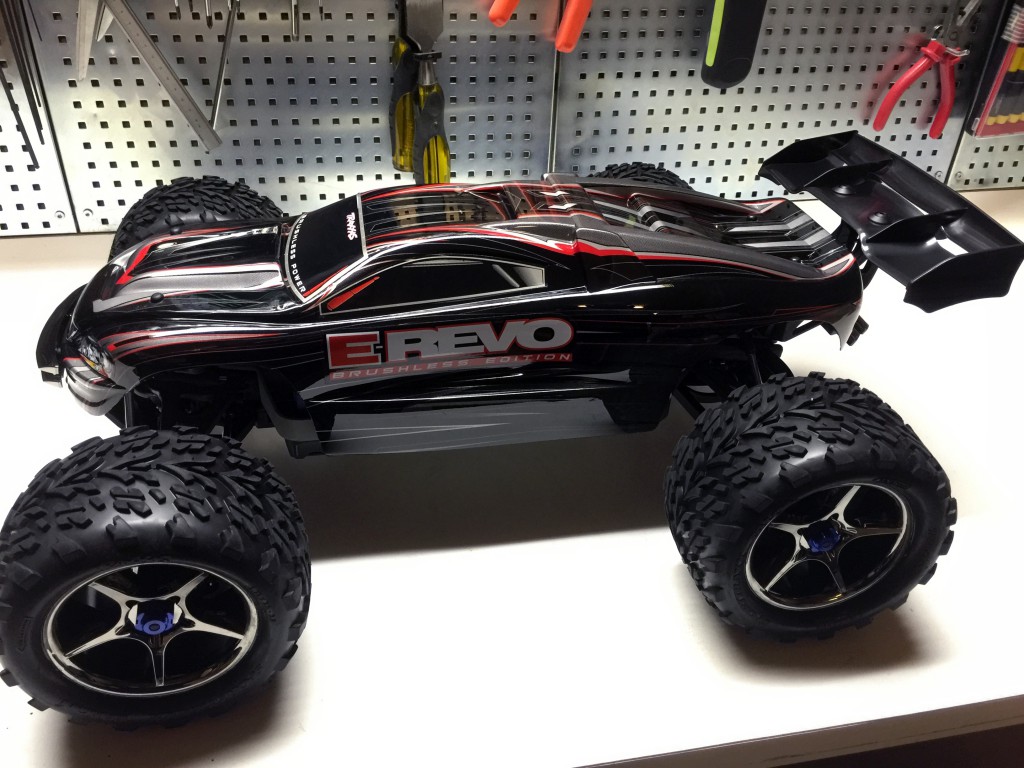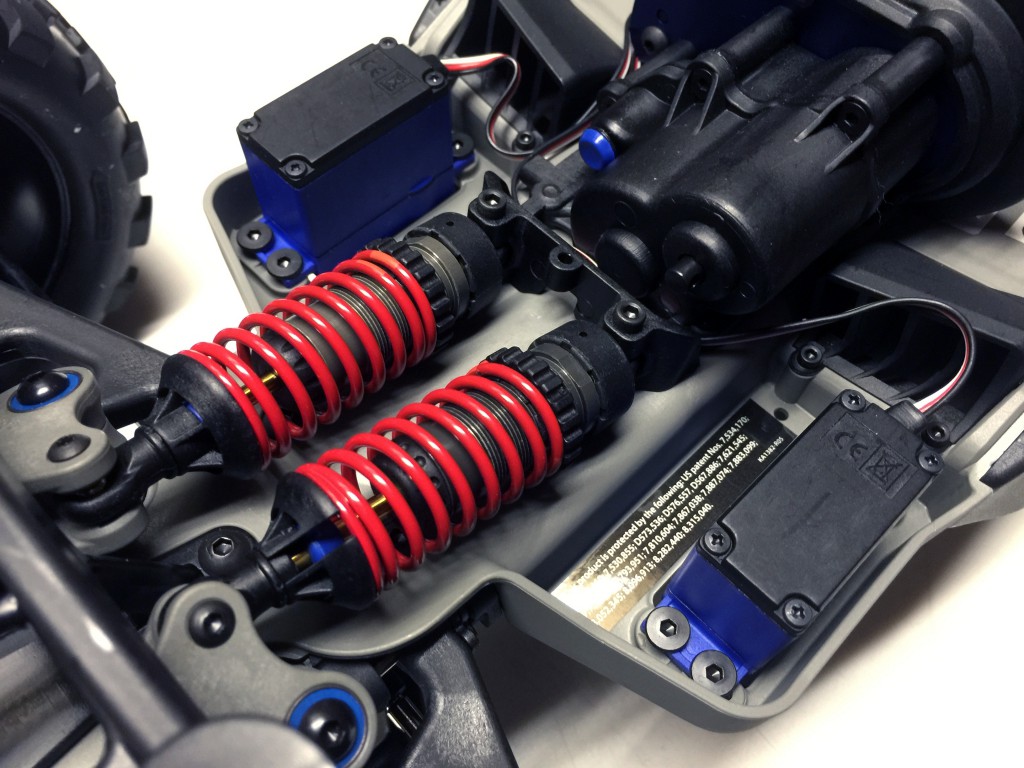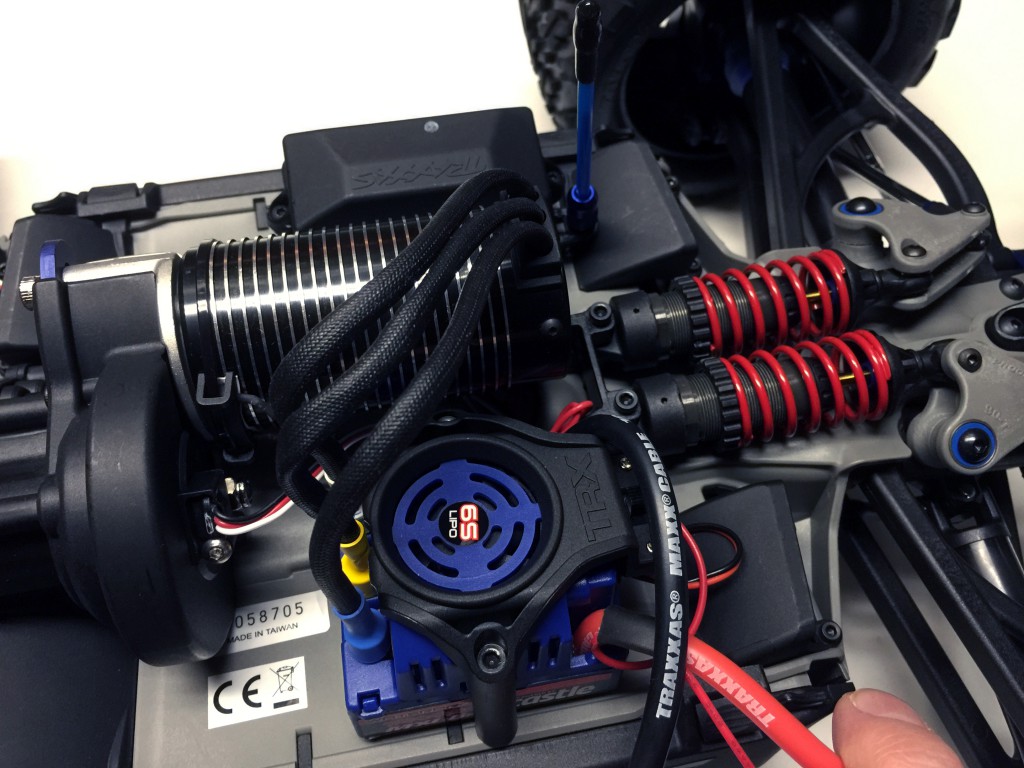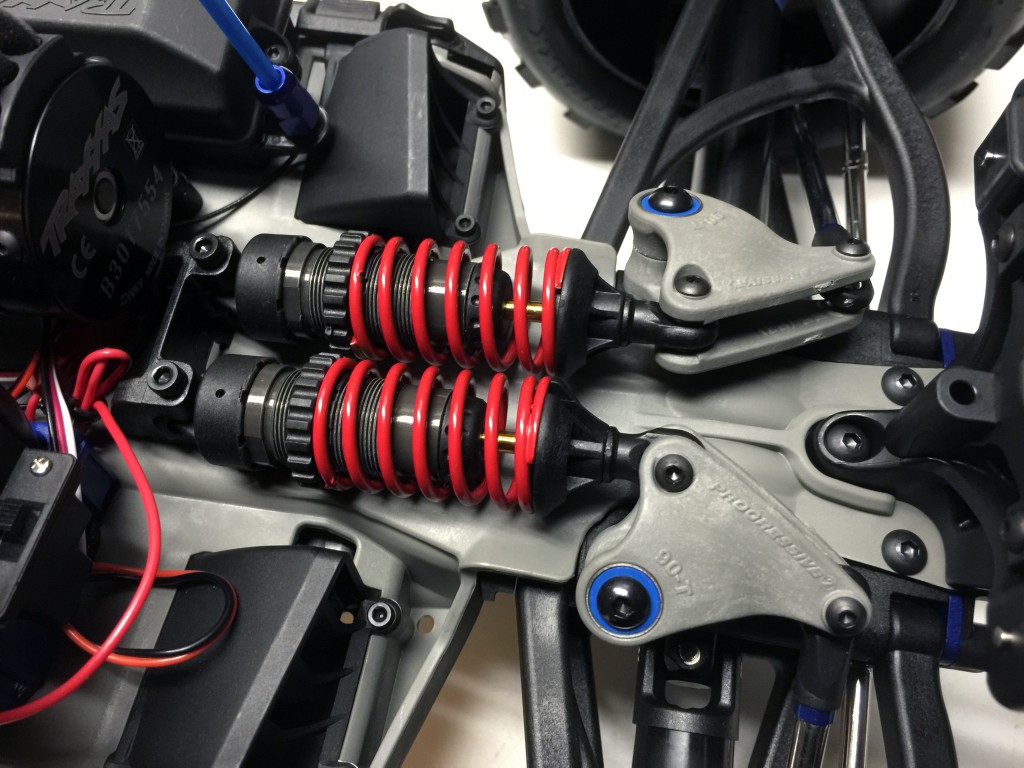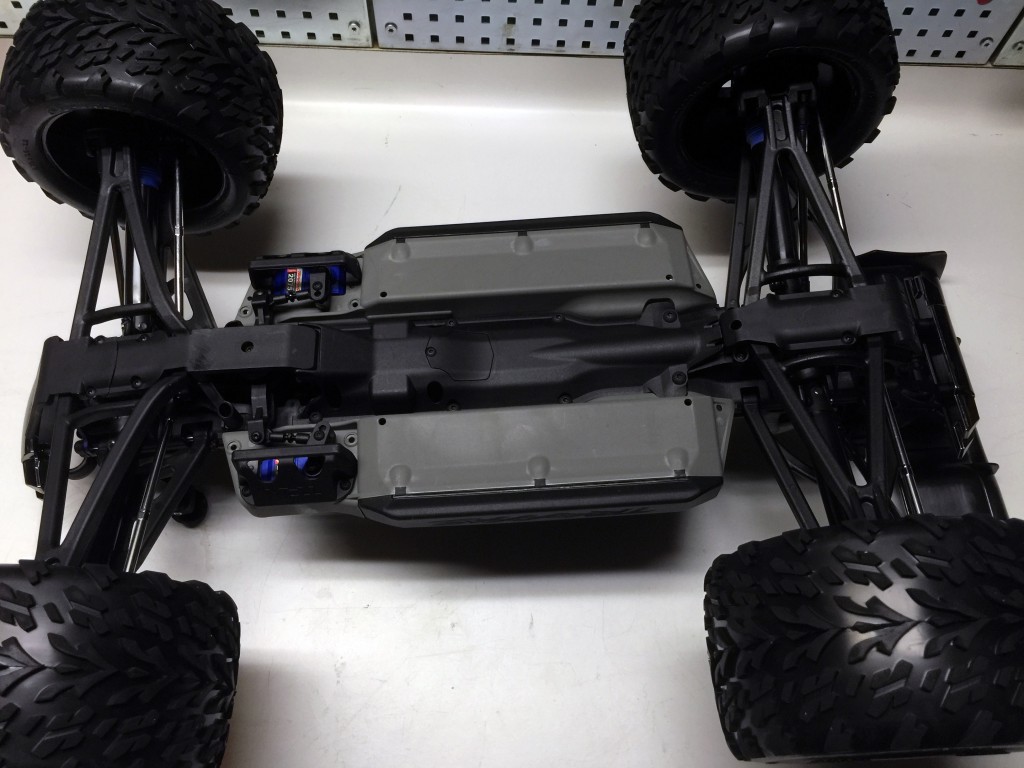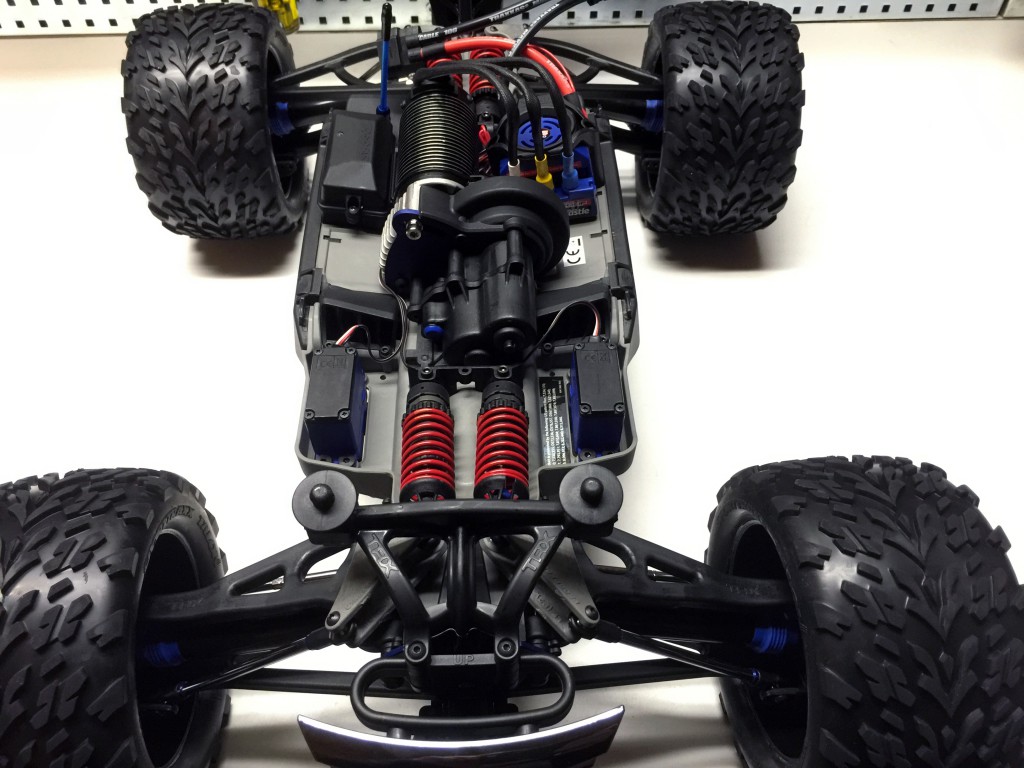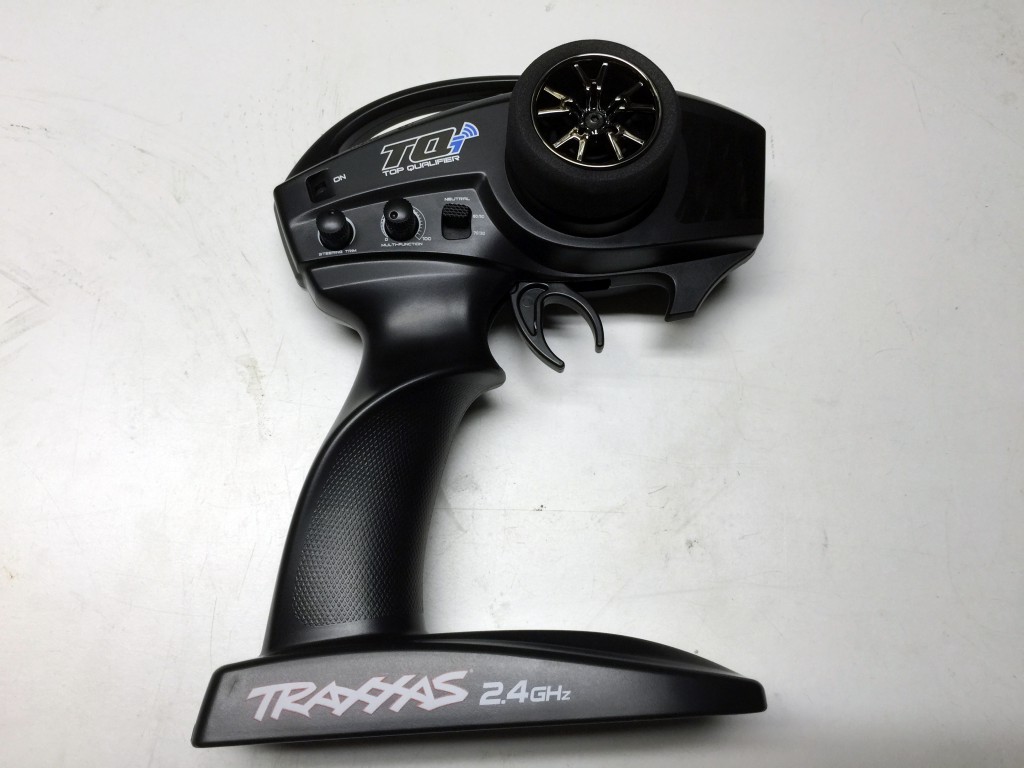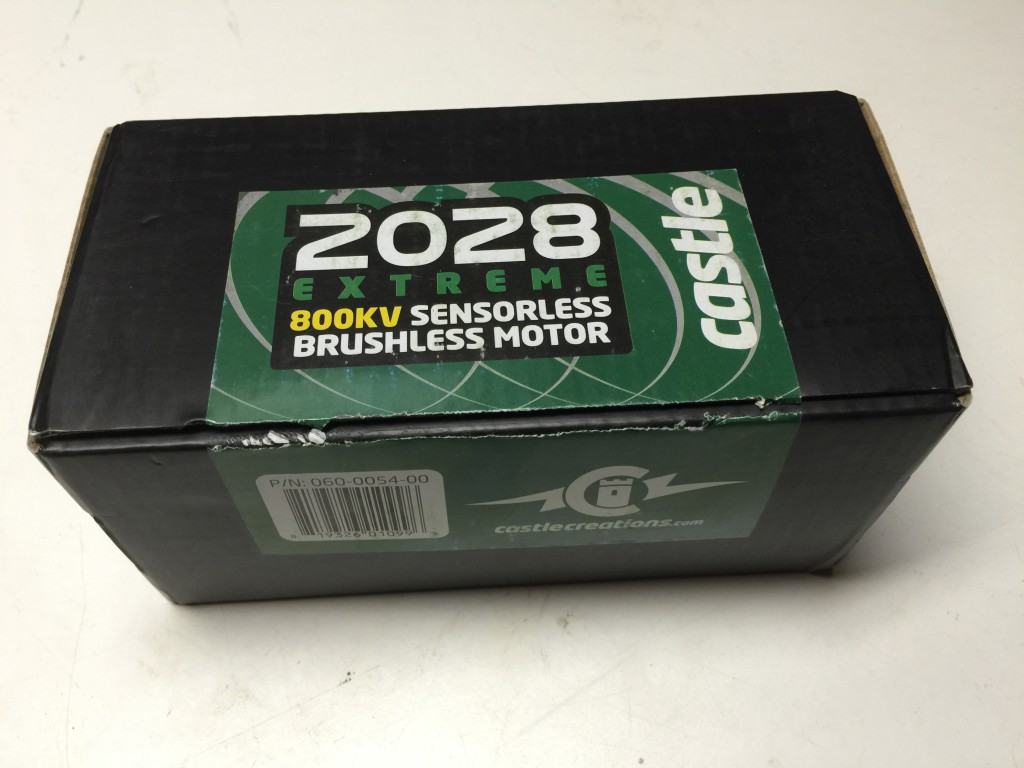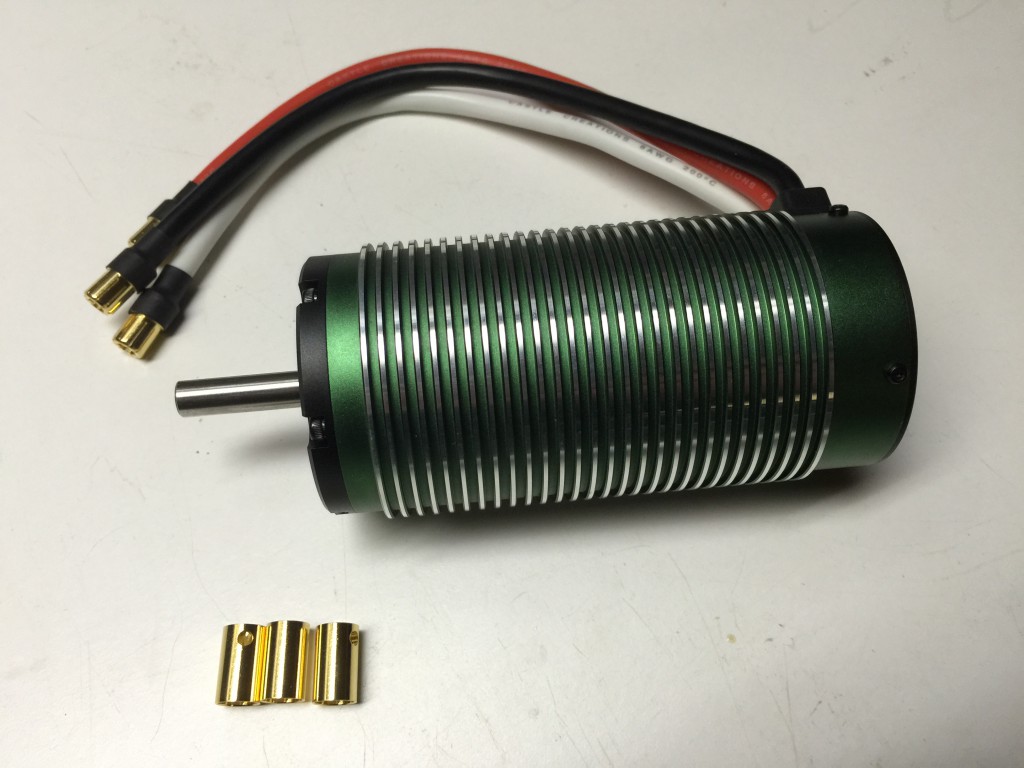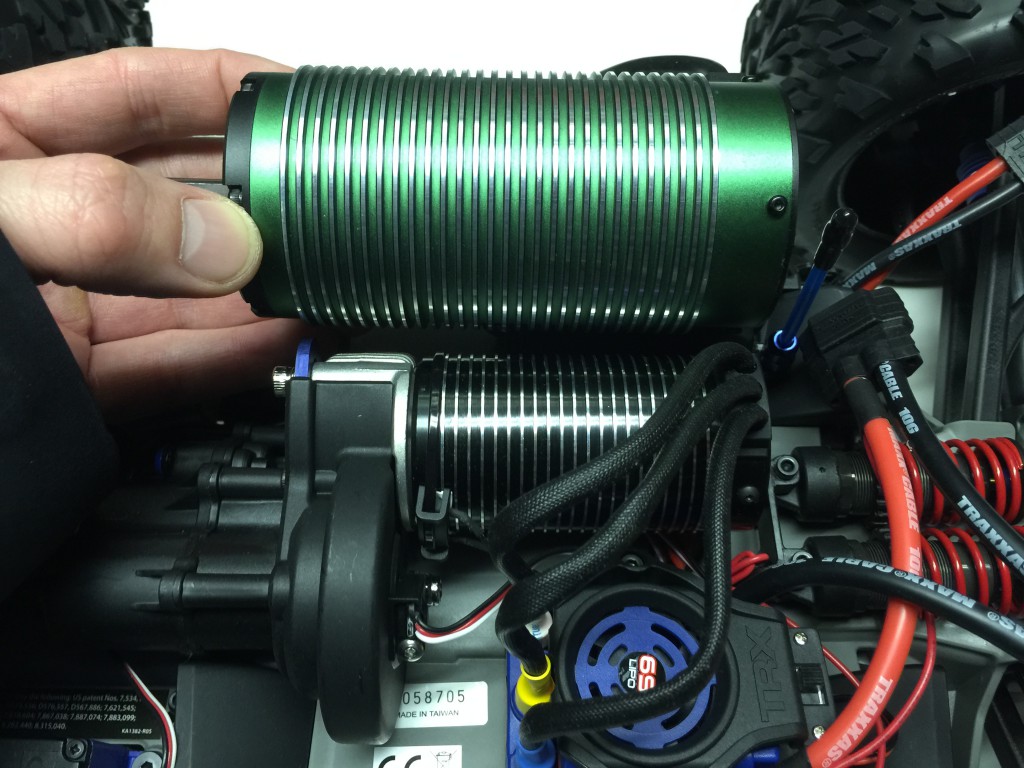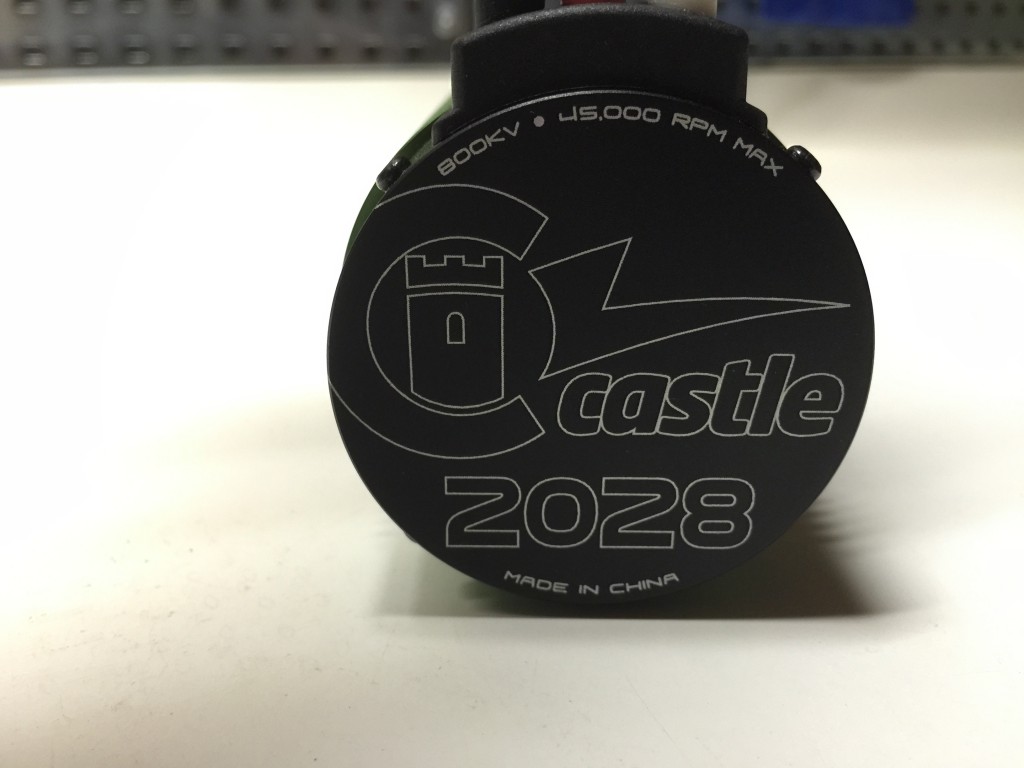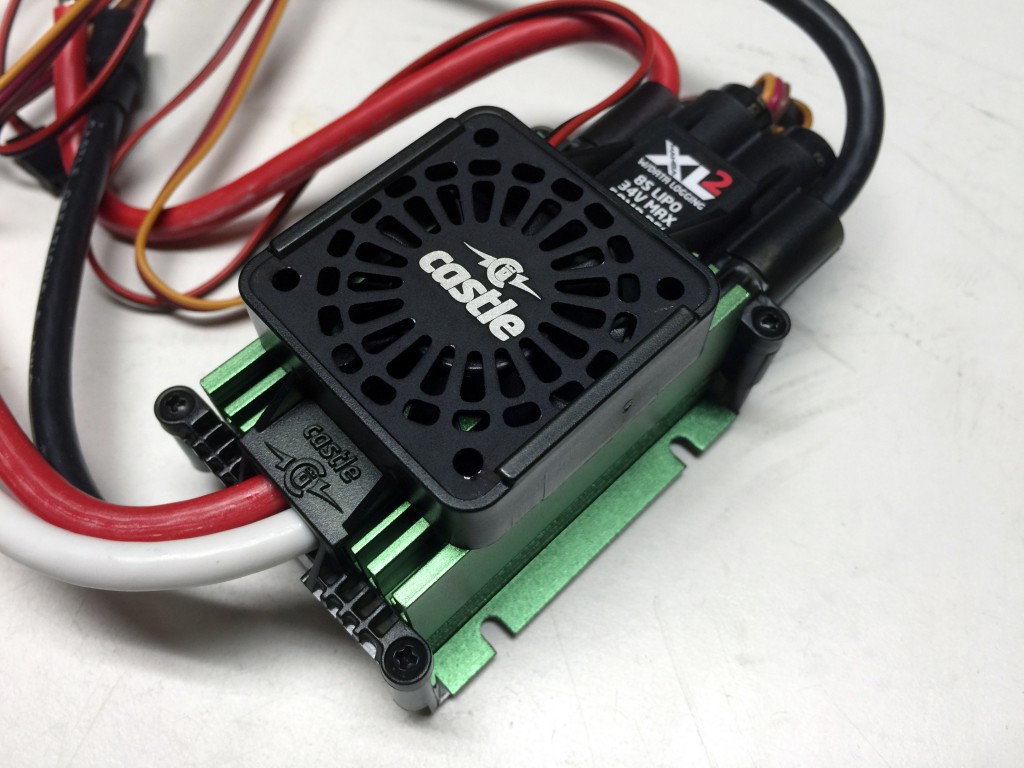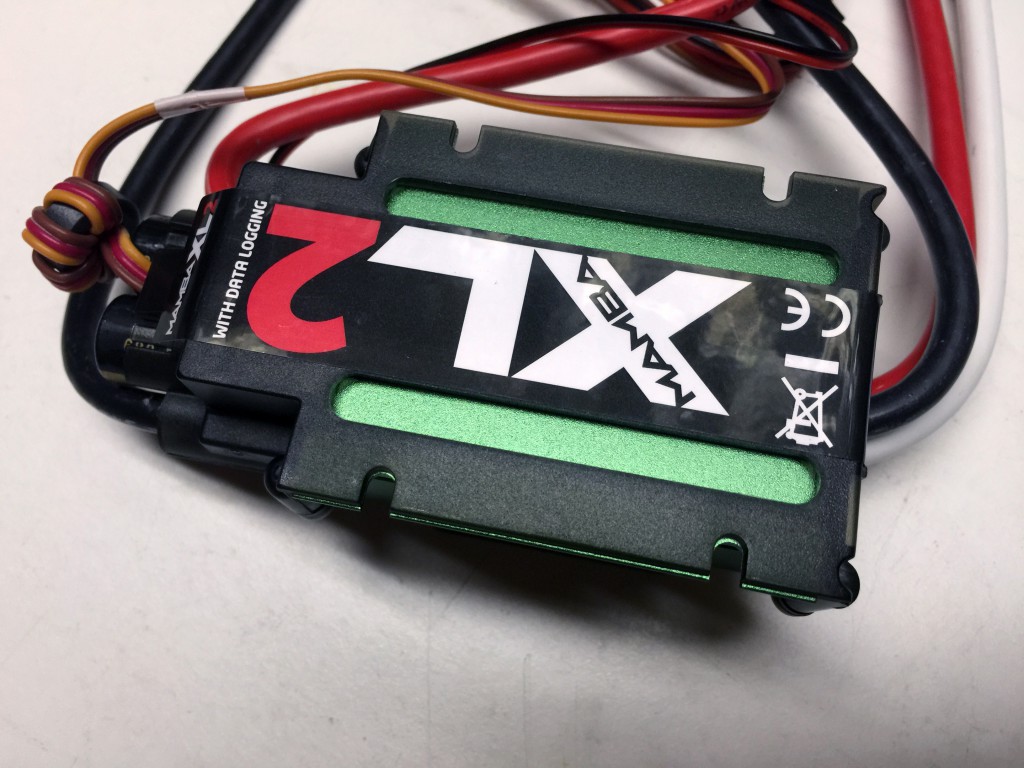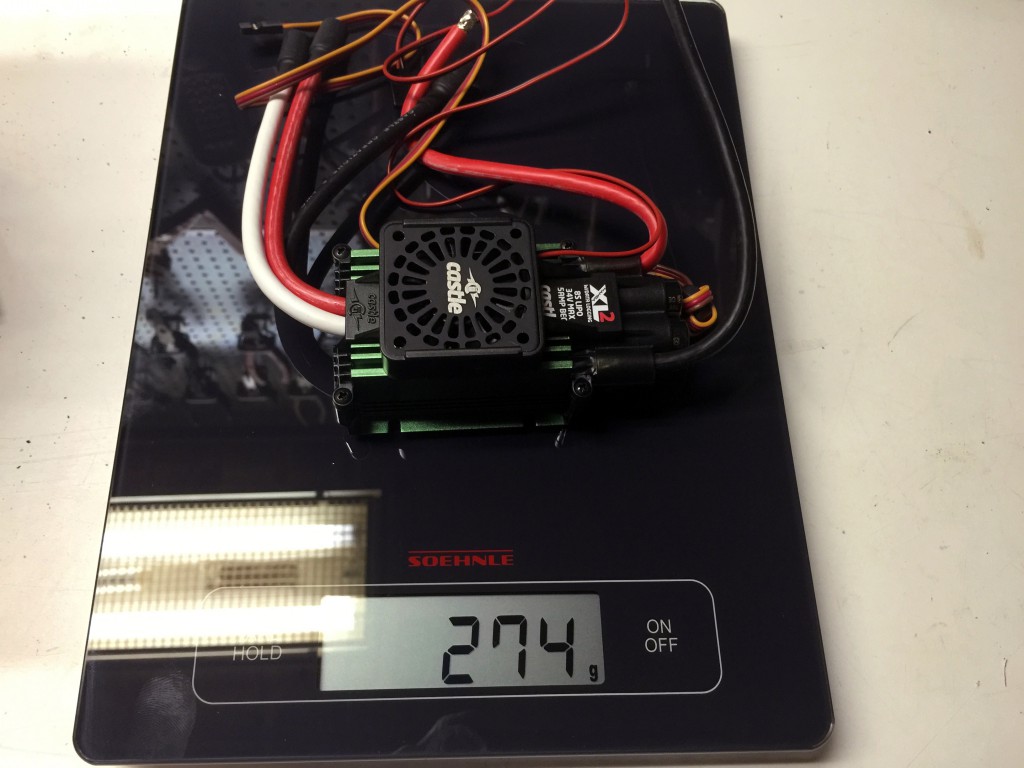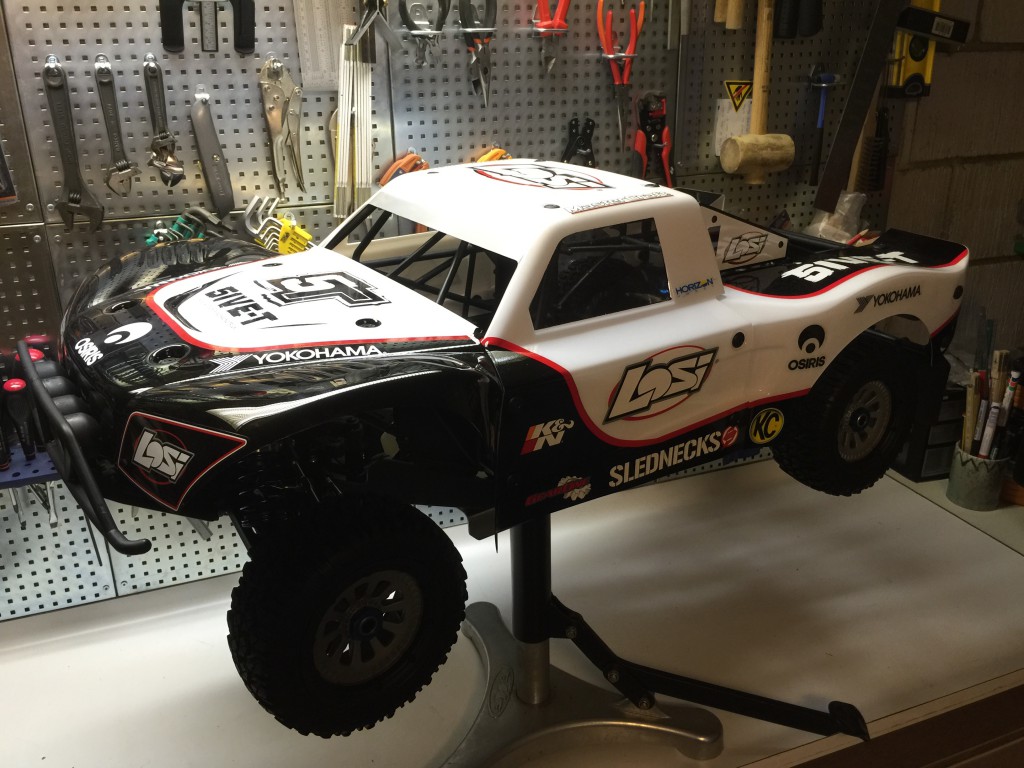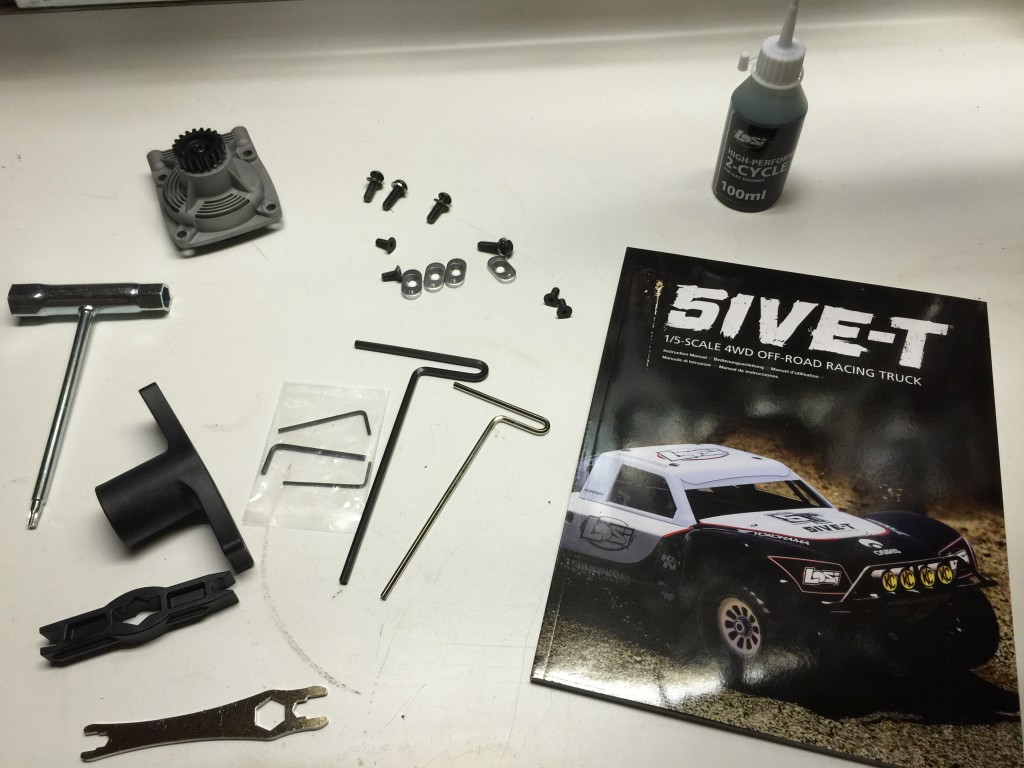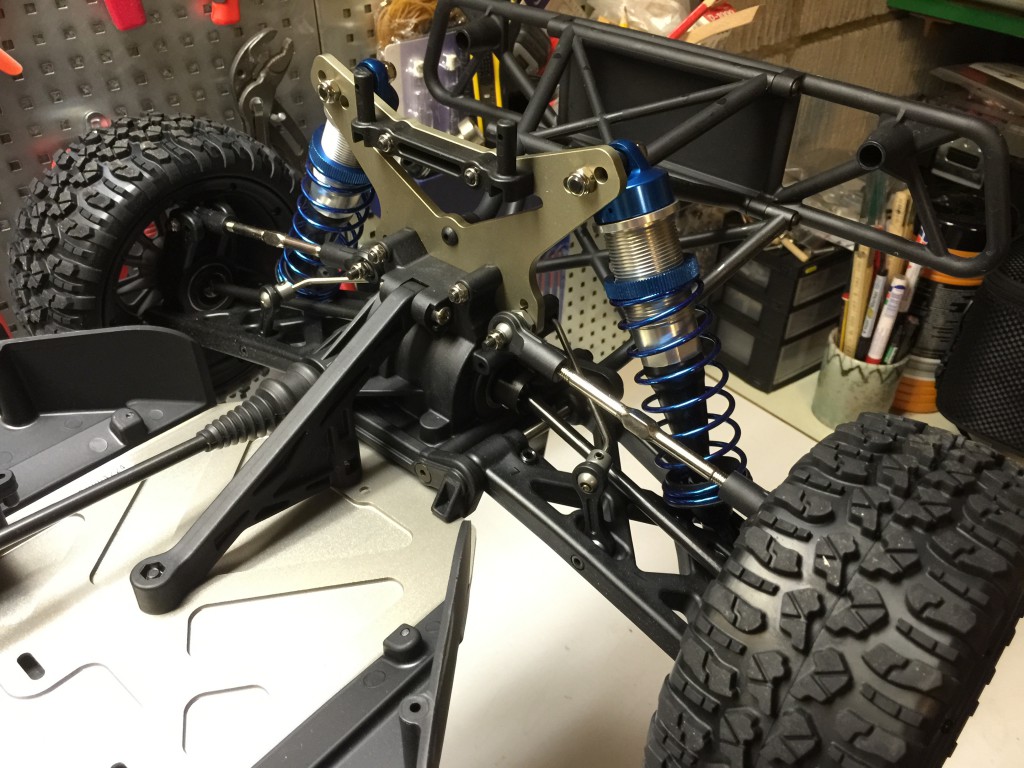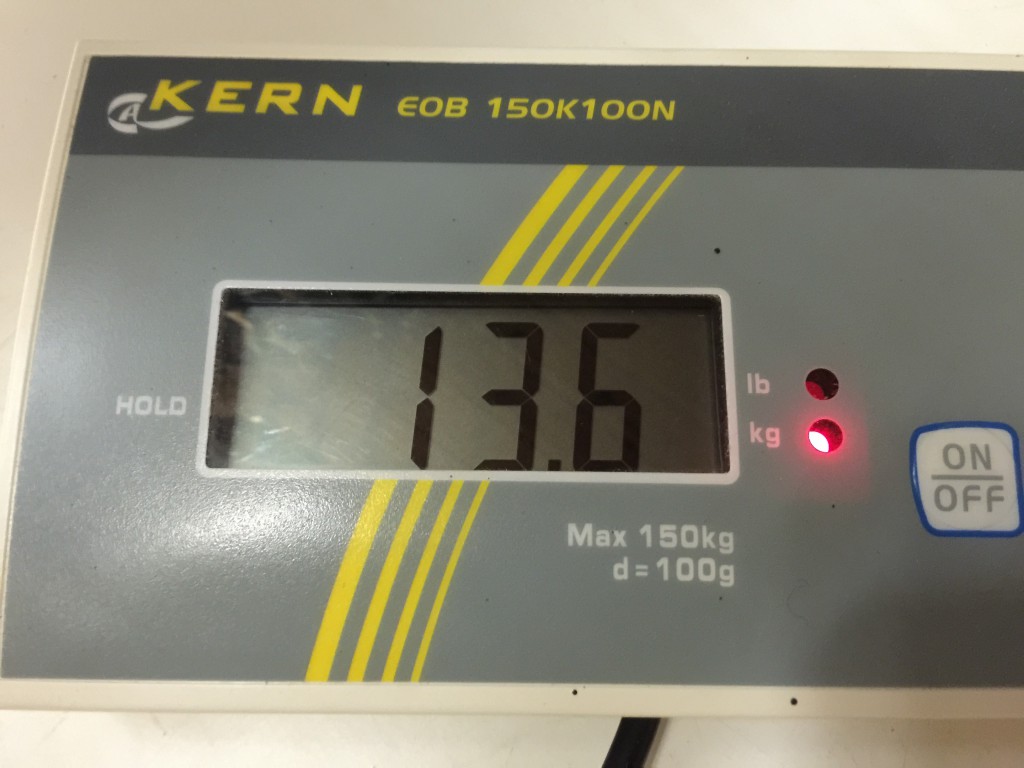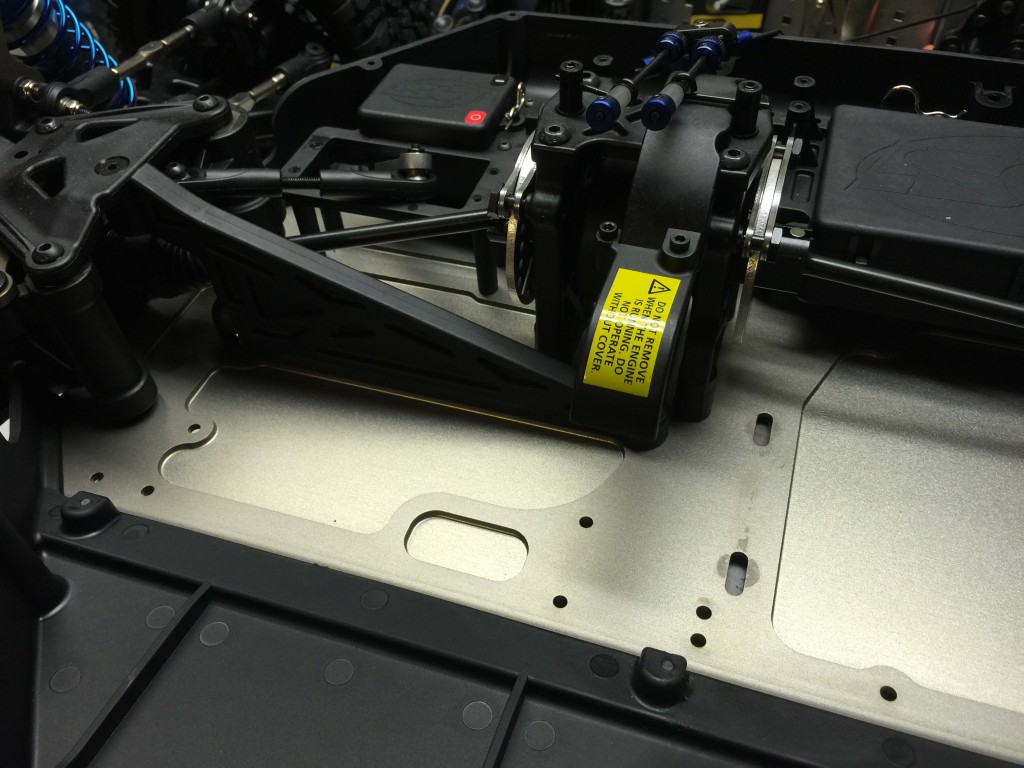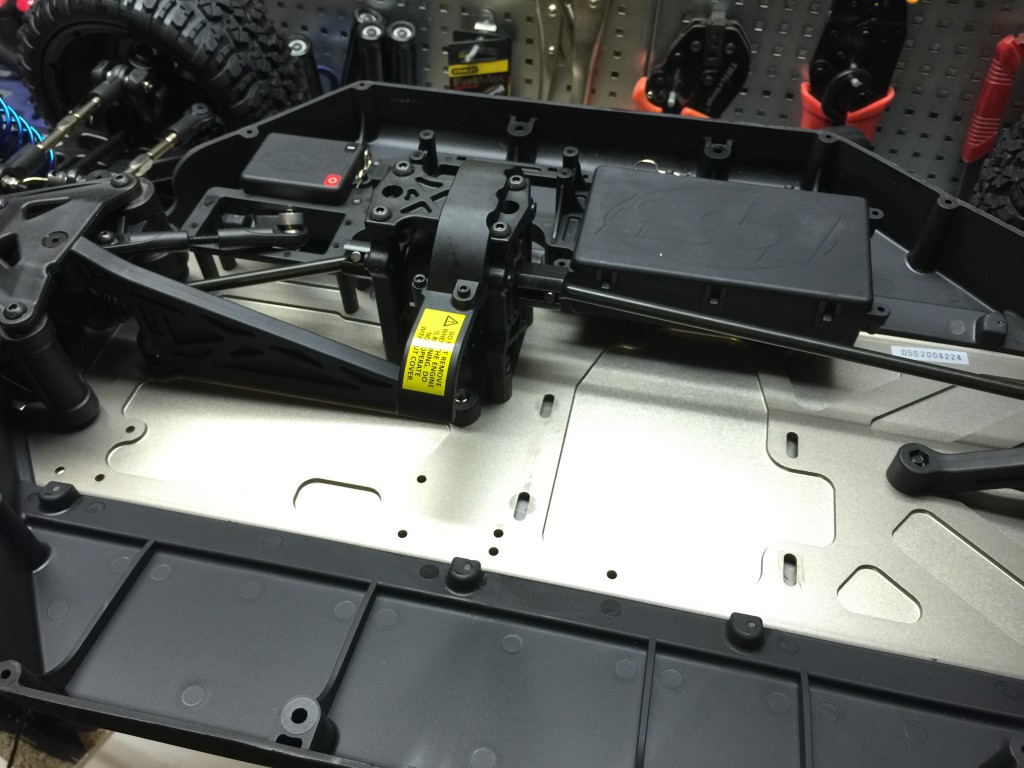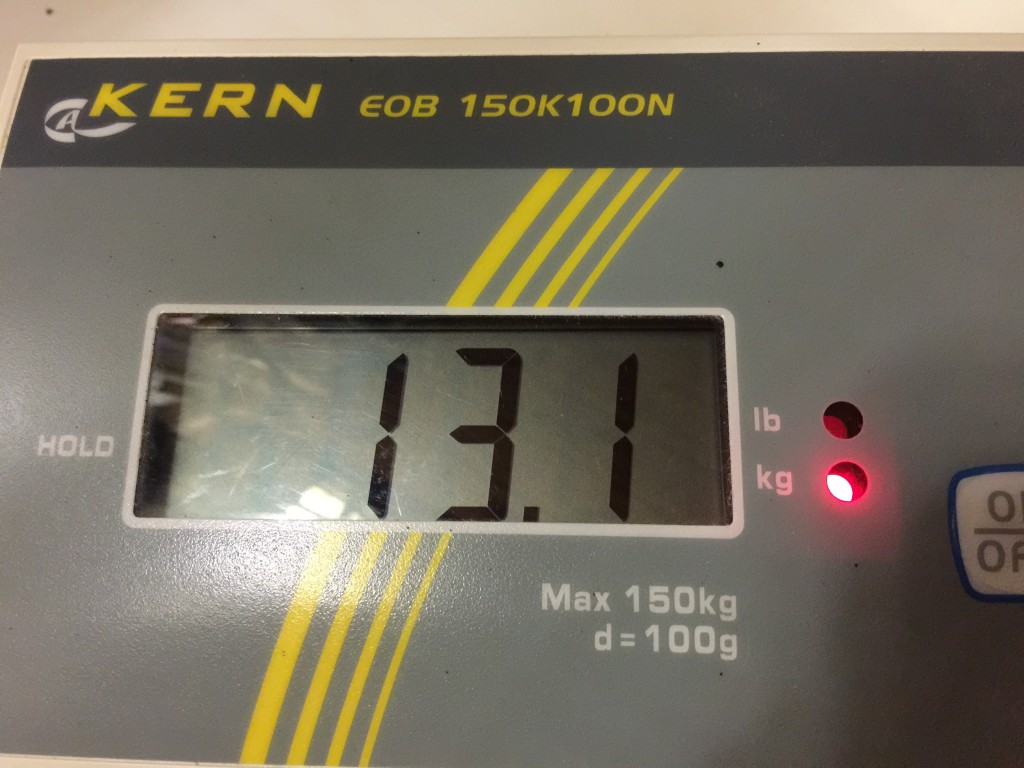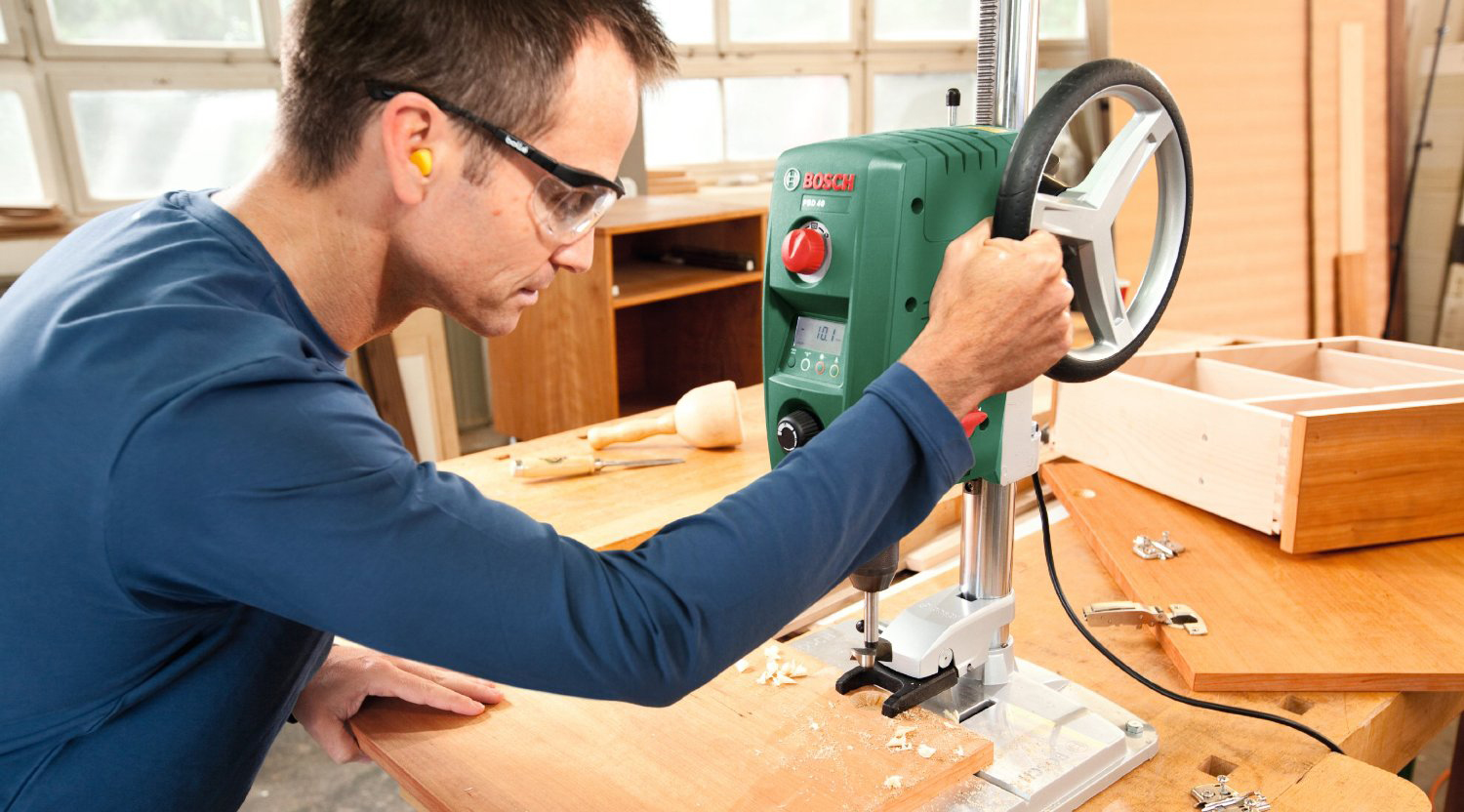As is the case with most of us it takes an incident of some sort for people to go and invest in a home alarm system. In our case we made the decision when our neighbours got burgled and had their house torn apart.
Our requirements
As always I spend quite a while researching the options in the market when buying something where I have limited knowledge. With alarm systems I quickly found out that we were not willing to pay a hefty premium to a home security company where the cost of the alarm system itself and monthly monitoring, for protection against crimes could easily exceed €40 / $55. The main reason was not the cost per month but more the poor response time in case of an incident where they could take up to 20 minutes to arrive and at that time the burglar would be long gone.
So I started looking into what my requirements were and came up with a shortlist looking somewhat like this:
- I wanted a loud outdoor siren with tamper protection
- I wanted it to call and text me, my wife and our neighbours in case of an alarm
- I wanted to make sure that burglars could not just switch off the system to block it from sending messages
- I wanted the system to look ok in the home environment (e.g. the key pad, the motion detectors, the door/window sensors, the siren)
- I also would like it to include the ability to control the light and if possible make it possible to turn on or off the system remotely
Up front cost was not really an issue so we first looked at a budget from a 3 year cost of ownership perspective where we had an idea of how much we were willing to pay.
Finding the right system
As it turns out there are about a gazillion options out there and to be honest most of them look a bit dodgy like cheap asian products that I would have a hard time putting my confidence in. Manufacturers and vendors of course praise them endlessly but judging from the looks alone the perception of quality made me disregard a lot of them. I also spent some time digging out recent reviews where multiple systems were benchmarked against each other. Not a lot popped up but one did catch my attention:
http://etm-testmagazin.de/tests/funk-alarmanlagen-im-test-1244
The test is in German and cost €2 and was well worth it since you get a detailed and (so it seems) objective information on the pros and cons of the different options. I ended up zooming in on the test winner which was the Egardia alarm system. The test highlight the pros of this system as being acquisition cost, performance and handling whereas the cons is the monthly subscription fee of €8.95 (the system is practically worthless without the subscription) and the required internet access (LAN).
The unboxing and first impressions
We ended up ordering the following:
- The basic package that comes with the main unit, 1 door/window sensor, 2 motion sensors, one keypad and one key fob
- The outdoor alarm (Bell box)
- Extra motion sensors
- Extra door / window sensors
- The smart plug that enable you to control light remotely
When unboxing it all you got a sense that they had really thought about all the little details. Everything was clearly marked, the products seemed solid and the packaging was top notch from start to finish.
Setting up the system
All components of the basic package was pre-configured making it a plug-and-play experience to setup but there were definitely a few bumps on the road that I would like to point out.
First step was to setup an account with Egardia where I also had to pay up-front for the “Security service” fee which is €8.95/month. I thought that I might as well do this on my iPhone but alas even with a lousy user experience with a flow clearly not optimized for mobile I ended up giving up when I came to the payment which did not work at all. I then switched on my laptop and went through it all again. One thing got me very confused. I wanted to save a little by pre-paying the service for 3 years but in the flow it somehow seemed that even though we were in December I was forced to pay for the full year of 2013. It was only later when I checked in the system that it was clear that it was 36 months onwards. Again a small thing that causes irritation and ruins the first experience a bit.
So with the Egardia account in place and the main unit plugged in (ethernet cable and power cord) and registered setting up the basic package was as close to plug-n-play as it gets. Everything was pre-configured and since I used the double sticky tape to mount everything instead of screws it took literally minutes to setup.
The issue came later with adding all the other units. This turned out to be somewhat more cumbersome and it took me a while to figure out how it all worked. The provided documentation was definitely not clear and to the point on how to easily add new components. I kinda wish they had learned from the likes of Sonos where adding new units is just a 10 second task.
Features and desktop / app user experience
From a functional perspective the Egardia system is brilliant. When an alarm goes off the main unit and outdoor siren is triggered. The main unit siren is not loud enough for anyone to hear outside the building so it predominantly scares the burglars away or warn whoever is in the building. The outdoor siren however is quite loud and works perfectly.
After a few seconds the system then system sends text messages and/or calls whoever is on a list of contacts. This is where the magic happens. Our neighbours can be here in seconds rather than up to 20 minutes (which is what the home security companies has to offer)
To control the system simply login to www.my.egardia.com and there you will have access to all features including:
- Settings for all accessories
- Settings for all contacts
- Alarm history
- Cameras (I do not have any so this is not part of my review)
- Energy control (to control smart plugs)
All in all the desktop web experience is alright. It seems a bit to be outdated from a user experience and design perspective and could well be made by an engineer or the like rather than a skilled UI/UX designer. Since this is the main control center they could really move forward the user experience and brand perception if they upped their game and made an effort to improve this area.
This brings me to one of the biggest drawbacks of the Egardia alarm system. The iPhone app seems like a joke or something that is still in beta (and I am not talking Google beta quality here…). It works well for switching on or off the alarm remotely but other than that it is an miserable experience. The features are non-existing with only an event log, camera access (which I do not use), ability to turn on and off the light via the smart plugs (but not the ability to change the schedule or something similar like on the web administration). With the amount of smartphones being sold this should be their key focus and where they beat the competition. Take a look at what Nest has done with their self-learning and programmable thermostats they have clearly understood how this is done and with Google recently buying them for $3.2 billion they seem to have made pretty big impact in little time. It is my hope that Egardia will soon put some effort into making the app full featured to bring it up to par with the web administration and that they will also invest in better user experience design.
How it works on an everyday basis
On a daily basis where we just turn on the alarm when we leave in the morning and back on again in the afternoon things work perfectly. All is setup the way we want it on the web administration so it takes very little tweaking on a day to day basis. So in general we all seem happy with it. Two things that I would like to point out though
- The motion detection sensors could be more sensitive. I have sometimes walked right past them with the alarm turned on without the alarm going off. This happened a few times in the beginning when we had not yet gotten used to having the alarm
- When turning on and off the alarm the external siren beeps until the alarm is activated. I wanted to turn this off but somehow this does not work even though the option is there. I did try and get an answer through the Egardia customer support but they never got back to me with a reply.
- On some occasions I have also experienced a “Gateway can not connect to Egardia” message in the web administration. This is not a frequent thing but still worth mentioning. I hope this would not in any way impact negatively in case of a real alarm…
Pros and cons
On the positive side is the quality feeling of the product, the way they have packaged it and how easy it is to setup when you only buy the basic system. I also love the tamper protection features and the way you can swiftly create multiple contacts that can respond in case of an alarm. I love the fact that the subscription includes free and unlimited mails, calls and text messages which is a great alternative to the competitors who require a SIM card (which is also vulnerable if the system power is cut). And on a daily basis the use of the Egardia alarm system is simple and straightforward once it is up and running.
When it comes to the drawbacks I would highlight the miserable app, the sensitivity of the motion detectors, the setup complexity when adding more accessories to the system and perhaps also the business model that over time makes it fairly expensive. Do keep in mind that the system is practically useless without the subscription with only the siren going off in case of an alarm (no text messages/mails, no alerts when battery is low, no system messages, no ability to change accessory settings)
Value for money
On the Egardia.com website the have a section called “Why so inexpensive?”. Of course with a clever marketing manager you should expect something like this but I would like to elaborate a bit more on it.
Isolating the upfront investment price in the basic system the system is pretty cheap and if compared to home security companies it is also cheap. But if compared with the bulk of alarm systems on the market I would actually rank it on the higher end in terms of price. The basic alarm system is around €300 + shipping and we ended up paying more than double that for a few extra accessories (which are seemingly more expensive when bought separately). On top comes the €8.95 price tag per month for the subscription so our overall cost of ownership for a 3 year period is close to €1000 / $1375 which is not exactly cheap.
Wrap-up – Would I recommend it?
Overall knowing what I know now I would still have bought the Egardia system. The core product is good and the key areas where they fail is something that can be dealt with via software updates. I have not really seen any updates in the last three months but I keep my fingers crossed and hope that they will get in gear and create a proper user experience and add the necessary features their mobile apps.
Also looking at how my wife and kids use the system it seems to work alright. They don’t use the app and web interface like I do and have not been part of setting it all up but it is still relevant to take their views into consideration since the whole family has to live with it.
So to make it really short. Egardia has a good product offering that I would consider to be in the higher price segment of alarms. Egardia has the potential to go from good to great if they just made a slight effort and looked at some of the leading tech companies today (I have used exampled from Nest and Sonos but there are many more).







